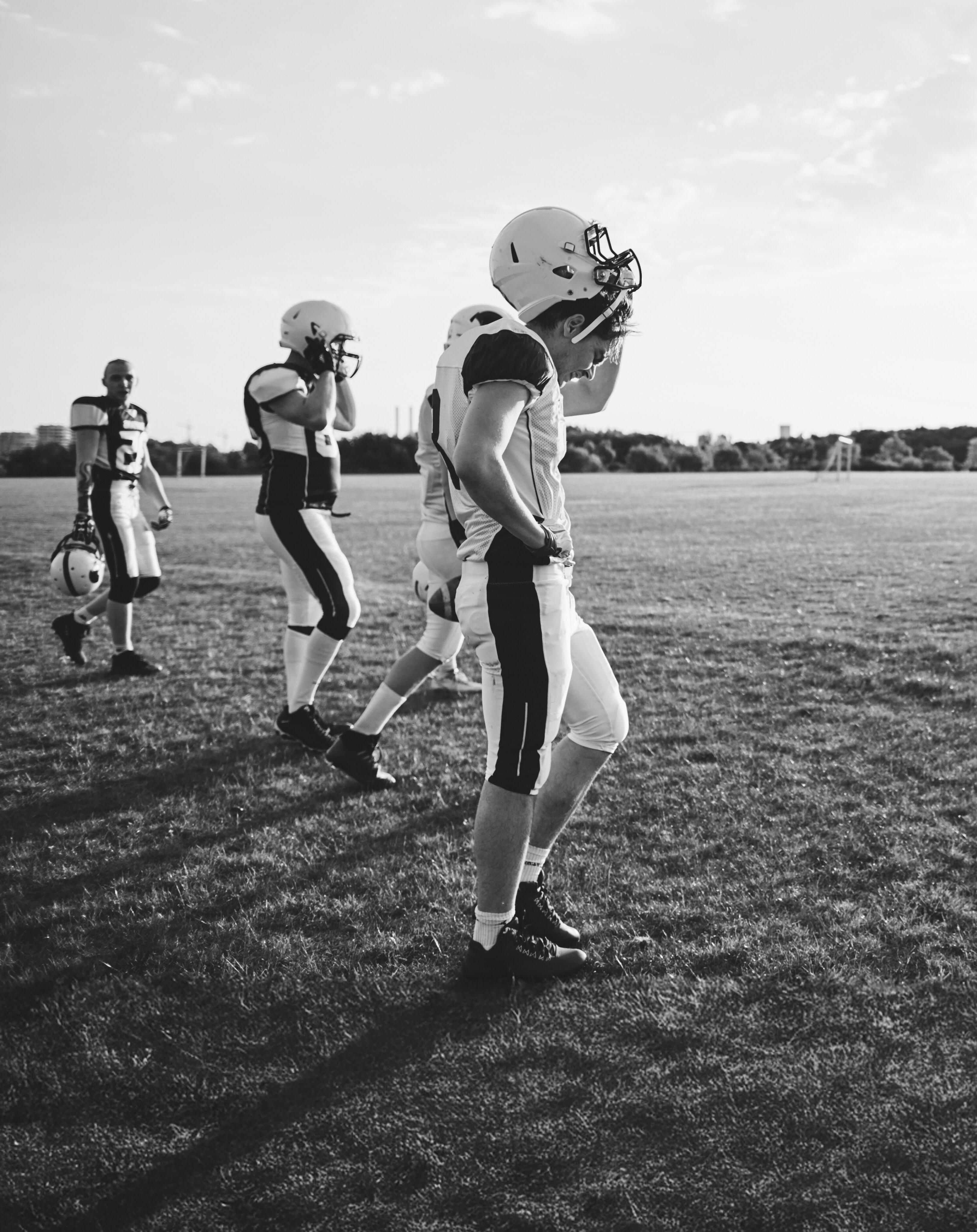






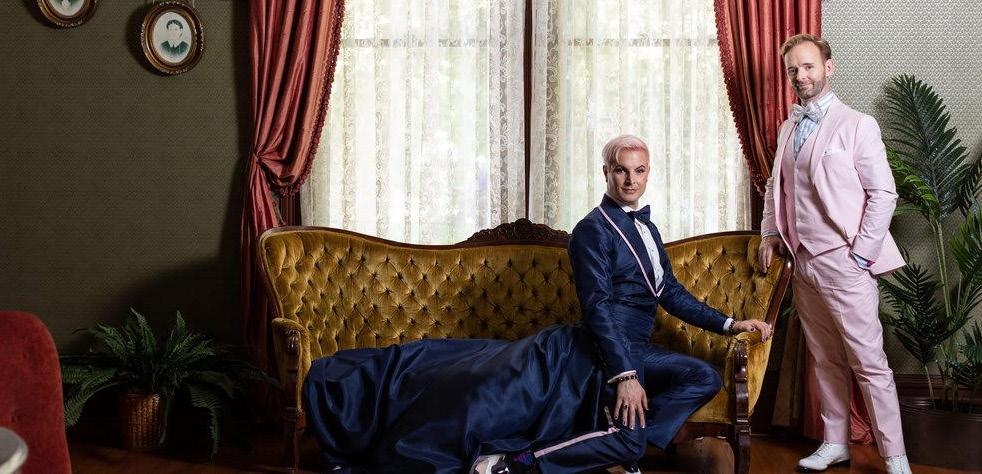
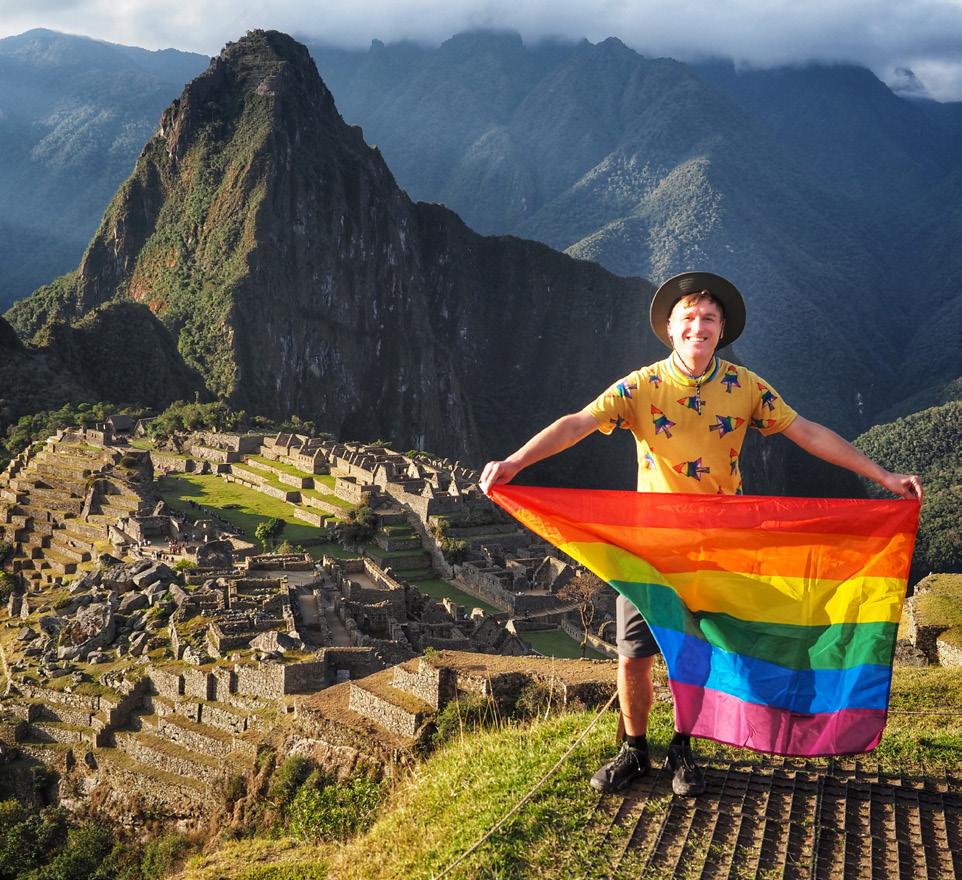



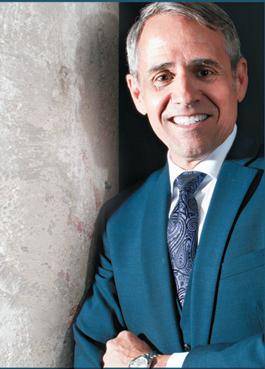
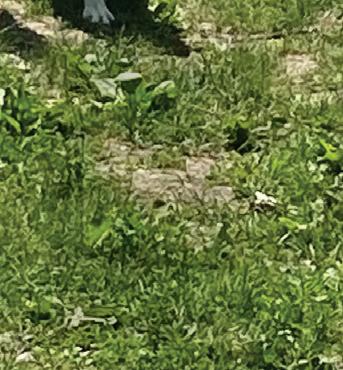

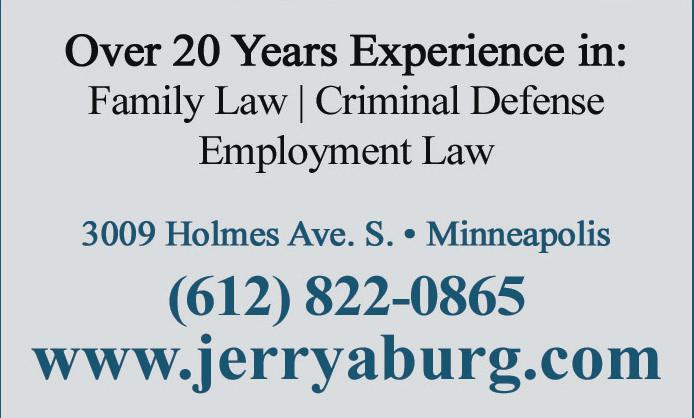



Volume 30, Issue 793 • October 16-29, 2025
Managing Editor Noah Mitchell 612-461-8723
Editorial Assistant Linda Raines 612-436-4660
Editor Emeritus Ethan Boatner
Contributors Lakey Bridge, E.B. Boatner, Natasha DeLion, Alyssa Homeier, Terrance Griep, Shane Lueck, Elise Maren, Mikah Meyer, Jen Peeples-Hampton, Linda Raines, Aspen Rush, Gregg Shapiro, Randy Stern, Susan Swavely, Natalie Trimble, Sommer Wagen, Carla Waldemar, Todd P. Walker, Emma Walytka, Spencer White
Vice President of Sales & Advertising
Barry Leavitt 612-436-4690
Account Executives
Nathan Johnson 612-436-4695
Richard Kranz 612-436-4675
Sales & Event Administration
Linda Raines 612-436-4660
National Sales Representatives
Rivendell Media 212-242-6863
Creative/Digital Director Mike Hnida 612-436-4679
Publisher Lavender Media, Inc.
President & CEO Stephen Rocheford 612-436-4665
Chief Financial Officer Doug Starkebaum 612-436-4664
Administrative Assistant Michael Winikoff 612-436-4660
Distribution Metro Periodical Partners 612-281-3249
Founders George Holdgrafer, Stephen Rocheford
Inspiration Steven W. Anderson (1954-1994), Timothy J. Lee (1968-2002), Russell Berg (1957-2005), Kathryn Rocheford (1914-2006), Jonathan Halverson (1974-2010), Adam Houghtaling (1984-2012), Walker Pearce (1946-2013), Tim Campbell (1939-2015), John Townsend (1959-2019), George Holdgrafer (1951-2024), Julie Dafydd (1951-2025)
are subject to editing for grammar, punctuation, space, and libel. They should be no more than 300 words. Letters must include name, address, and phone number. Unsigned letters will not be published. Priority will be given to letters that refer to material previously published in Lavender Magazine. Submit letters to Lavender Magazine, Letters to the Editor, 5200 Willson Road, Suite 316, Edina, MN 55424 or e-mail editor@lavendermagazine.com.
For our Privacy Policy, go to LavenderMagazine.com/resources/ privacy-policy
LAVENDER MEDIA, INC.
5200 Willson Road, Suite 316, Edina, MN 55424
612-436-4660 Office
612-436-4660 Subscriptions/Distribution
612-436-4660 Lavender Advertising
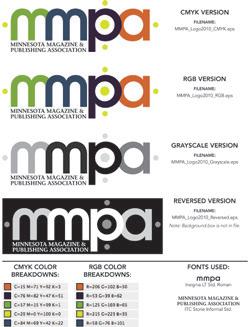




BY NOAH MITCHELL
One thing that stood out to me in this issue was wedding planner Jason Mitchell Kahn’s message about the importance of love for family and community, even during weddings, which, of course, are primarily focused on the love between two people.
That love and the relationship between the couple being wed are the main event, and rightfully so. However, the wedding is also a celebration of all the people who have been there for them throughout that journey.

Family and friends have helped shape the lives of each new spouse that the other fell in love with, and supported each partner both before and during the relationship that they’re all gathered to celebrate. They’re part of the story, too, and should be celebrated (and considered in planning, as Kahn points out) accordingly.
Kahn calls out not just family, though, but community as well. In a world where we are in-

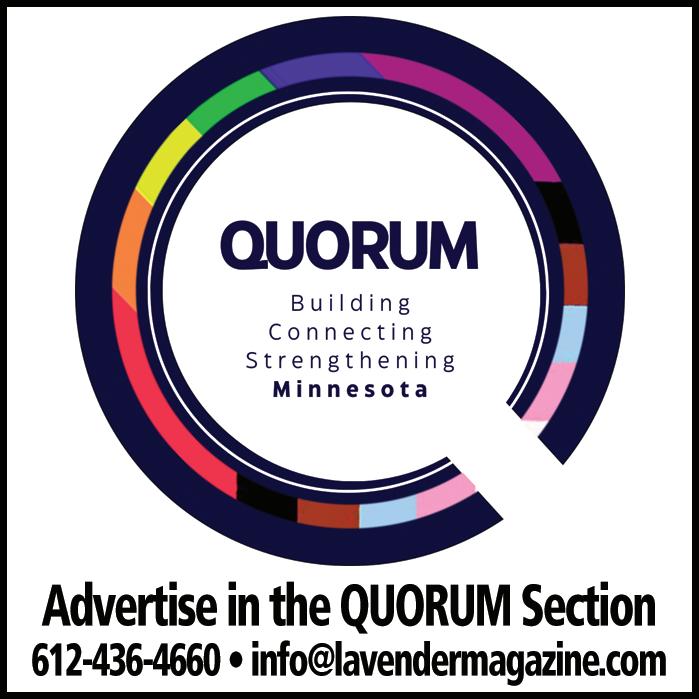
creasingly isolated and divided from one another, whether by disease, technology or ideology, I think love of community deserves all the praise it can get.
One source of community bonds that we feature in this issue is “The Rocky Horror Picture Show,” which is celebrating its 50th anniversary with a nationwide tour including a Halloween (!!) stop at the Orpheum.
I won’t spoil Terrance Griep’s excellent article on the anniversary tour and the impact of the film by including all the details here, but I will share what it meant to me to read it.
I did not grow up with “The Rocky Horror Picture Show” (which may be evident by my continued use of its full title rather than whatever shorthand version fans use). Despite that, I’ve still come to understand how much it has impacted people and, particularly relevant here, brought them together. To get an inside look at not only the film itself but also exactly why and how it has impacted people was incredibly rewarding.
All that to say, no matter how you came to love the people you love — whether through a romantic relationship, family connection, long-term friendship or common interest — it’s all worth celebrating.

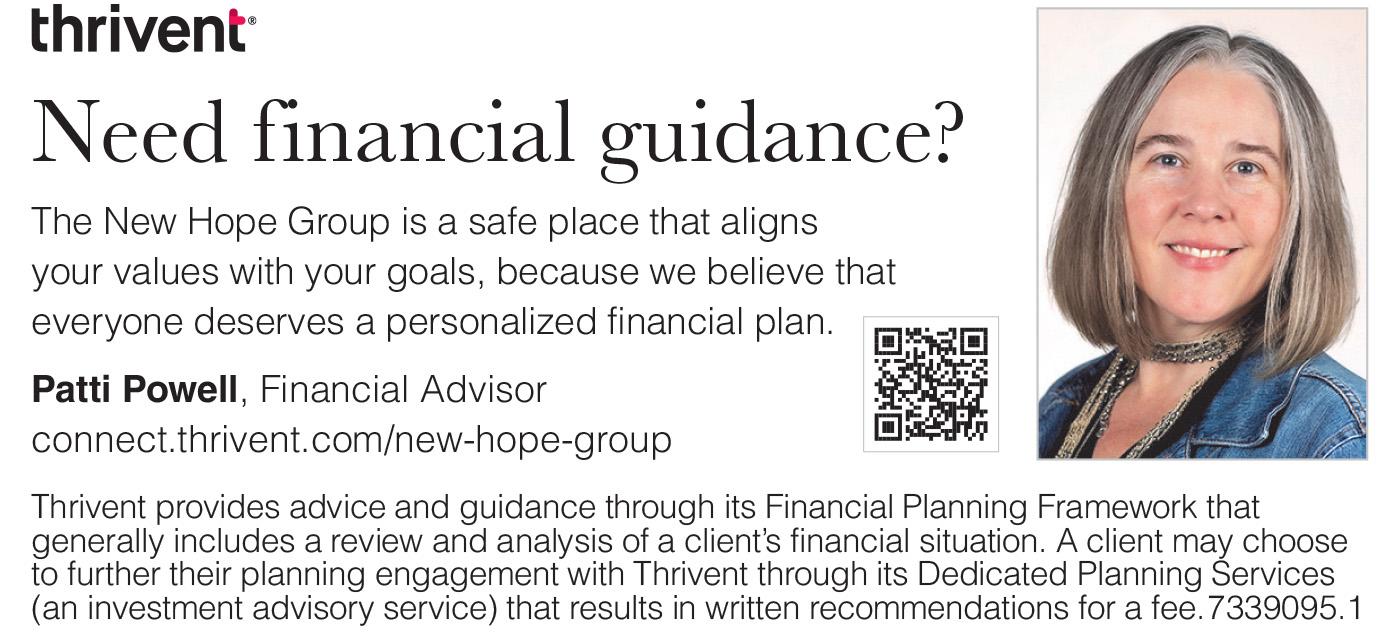





BY E.B. BOATNER

Whether or not you’ve ever studied a classical language, many, from childhood, are intuitively attuned to knowledge passed through various lands and languages, filtered through centuries and the great minds of Cicero, Erasmus and Yogi Berra.
It was obvious to me as a kid, long before I learned the formal phrase in prep school Latin, that when examining requests of others — friends, siblings, classmates, teachers, parents — I should consider two words: “Who benefits?”
“Cui bono,” popularized by Roman statesman Cicero, quoting an even earlier consul, in Latin means just that. While often used to determine motive in crime detection, it’s equally useful when assessing requests/demands from others.
A crime scene is more cut-and-dried, since one side of the question includes someone aggrieved or deceased. Uncle Fred, let’s say, falls overboard and drowns at a family gathering aboard his luxury yacht, “The Last Laugh.” A simple drowning is ruled out when it’s revealed his ankle was attached to an anchor. Who stands closest to inheriting his Paris pied-à-terre, his 1932 Duesenberg and the yacht?
Most of us are not lumbered with yachts, Duesenbergs, or Paris digs, so the more quotidian, less criminal application of “cui bono” is usually a pedestrian exercise of asking, “Whoa, why am I the one always chauffeuring, loaning cash and picking up the dinner tab?”
These “profit balances,” for lack of a better term, are usually: “I’ll feed your cat while you’re in Antigua, and you’ll tend my Fluffy while I’m in Montréal next month.” The “cui bono” factor is clear and needn’t be exactly commensurate to the penny or minute. But suppose there comes an imbalance? Friend Clyde can now afford several trips a year, while you’re limited to one? That situation can still be handled if Clyde acknowledges the imbalance and offers monetary compensation or performs other favors on your behalf.
Aggressions and imbalances with intent also accrue in everyday situations; we acquiesce to someone’s frequent demands because we’re flattered, made to feel important because that person has let us do something for them (“They must really like me!”), or we ourselves impose
on another friend or relative because we know they look up to us and will be thrilled to help. So, we take advantage. (This side of the equation is harder to admit, and requires a more advanced level of self-examination.)
Must there always be a “bono”? Our zero-sum society admires a laurel-browed victor, raised fist clenching a gilded trophy. And yes, in most any endeavor, there’s one who benefits. That’s certainly what’s mostly paraded on the pages and screens and devices today; what’s less well received are pleas for equity, or “bono” for all. At least enough bono for all to be fed and housed. But here we veer too far into the political arena, a territory morphing more into a singularity than a something-for-everyone, so we won’t go there today.
My original thought for this essay was to suggest that in any appeal from one individual to another, speaker A will want something from listener B, and that it behooves B to ask himself, “Cui bono?” If the answer isn’t “B,” then B, at the very minimum, should reply simply, “I’ll think that over and get back to you.”
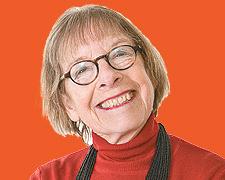

Does birth order dictate destiny? In high school, for instance, first-borns become class presidents, while last-borns adopt the persona of class clown. But what about the overshadowed middle child?
Transfer that dilemma to cities: Between New York and Los Angeles, there’s … what? Flyover land. (Hi, Minneapolis!) In Canada, that’s true, too — as in “overlooked” Winnipeg. It’s the geographic center of Canada, but under the radar.
All it takes to boost this image (is there even one?) is a visit.
The earliest European visitors were fur traders, who settled at the confluence of two rivers to launch a trading post. Today, that very spot where two rivers join is the city’s liveliest destination, called The Forks. Its Market building teems with food stalls of countless ethnic stripes plus indie shops to clothe you, clad your home and spark your mind (bookseller alert).
Stroll along the riverbank, laze in a lawn chair or sign on with newlylaunched Turtle Tours for a trek that illuminates First Nations sites, including a moving ceremonial circle. As you stroll, you’ll spot the white strands of the iconic Riel Bridge leading to St. Boniface — like a French-speaking St. Paul to Winnipeg’s Minneapolis.
The tower spiraling skyward not far away rises from the Canada Museum of Human Rights, heralding groups often historically stripped of those rights, such as immigrants, women, First Nations people and … the LGBTQ+ community. Its current exhibit — chilling but vital to document — details “Love in a Dangerous Time”: the account of the purge of gays
and lesbians by the military, Canadian Mounted Police and government agencies from the 1950s to the 1990s. It illuminates WWII’s castigation as their “medical condition,” to be “treated” with the likes of a Fruit Machine (really!) for fear of blackmail during the Cold War.
The exhibit asks, “What is normal? And who gets to decide?” Enter the infamous Interrogation Room for those picked up on the street or tailed with special cars. It concludes with a video dance sequence of this hide-andseek, created by the Royal Winnipeg Ballet. (BTW, Canada legalized gay marriage in 2004 — the fourth country in the world to do so.)
Ah, the beloved ballet! The company, bestowed a stamp of approval by Britain’s royals, was formed in 1939 and today hosts 50 live-in students, selected by audition, and 26 dancers, whom visitors (by appointment) can
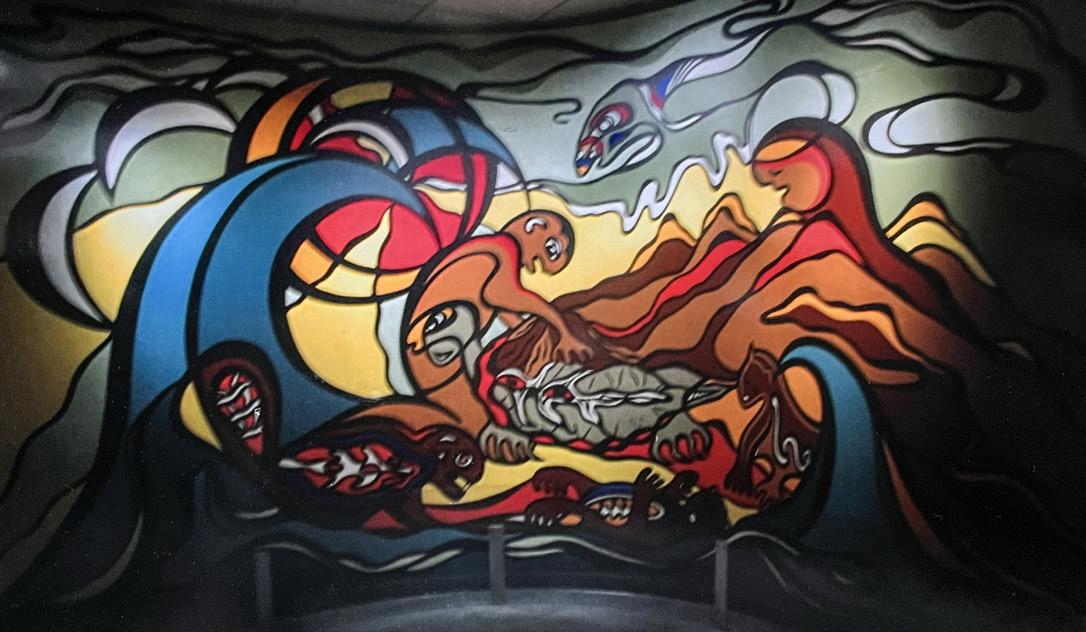
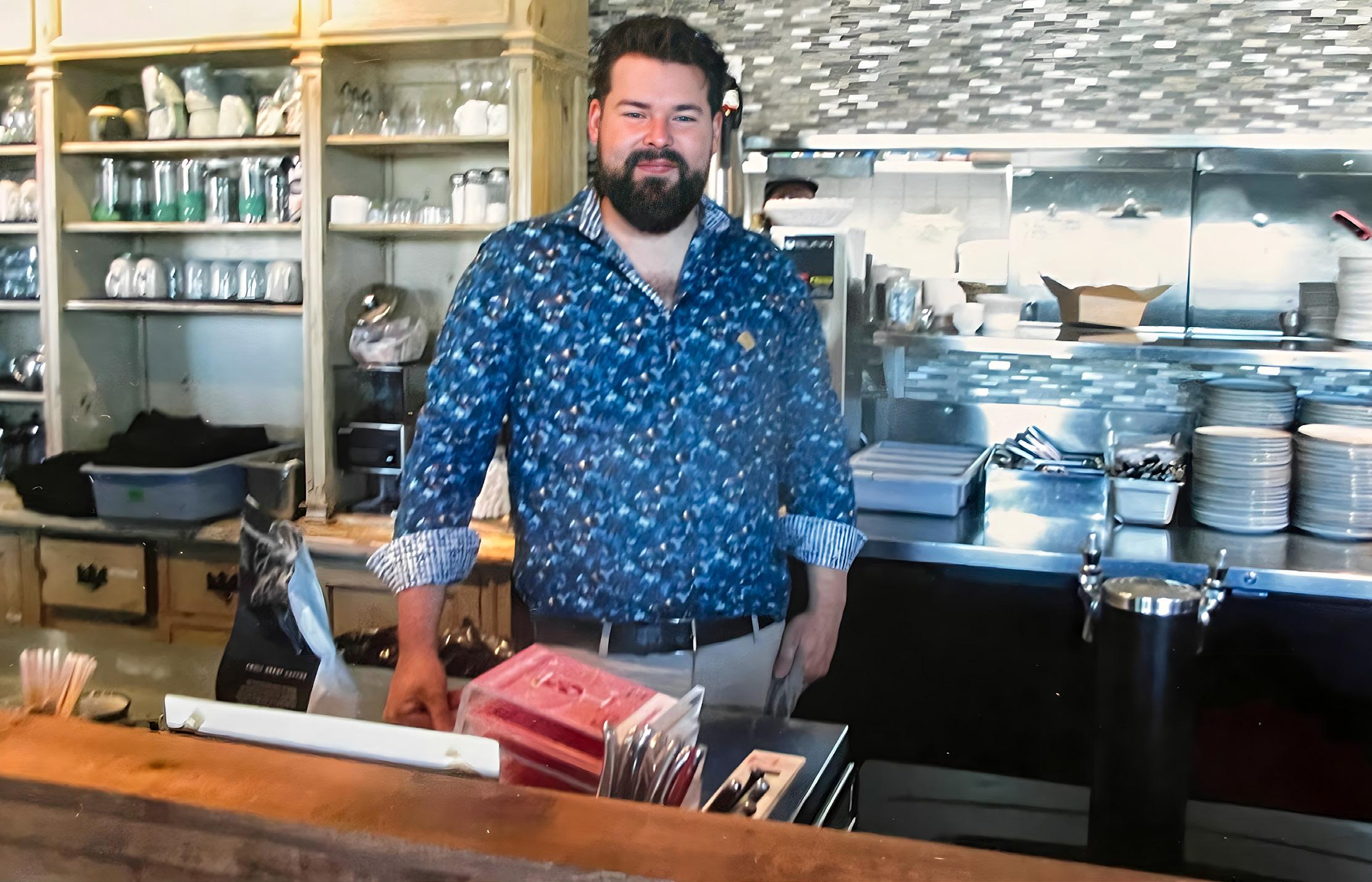
observe rehearsing via a windowed balcony — today perfecting a new version of Sleeping Beauty. The tour includes a walk-through of the costume shop at work.
A few blocks away, Winnipeg Art Gallery grabs my attention with an exhibit called “Crying Over Spilt Tea,” a pun underscored by a pile of broken bone china dishes — the bone in question coming from slain buffalo. Nearby, a huge installation gallery salutes the provocative sculptures of First Nations artist Abraham Anghik Rube. But the star of the permanent collection, in a space called Quamajug, is a rising three-story glass cylinder holding thousands of small sculptures (many sleekly rendered animals) by Inuit artists. If it happens you’ve inherited a fortune, stop at the sales gallery to bring home your own selection. (Me, I browse with jaw-dropping wonder.)
Speaking of fortunes, how about a look at money in the making? That’s the focus of the Royal Canadian Mint — a 20-minute drive out of town — where coins are produced for over 80 countries — 15 million per day in peak times — which visitors can observe from balconies overlooking machines spewing coins a la Vegas. If young showman Cade is your tour guide, you’re extra-lucky. He’ll point out rare items, like a black nickel produced to mark the death of Queen Elizabeth. No spendable souvenirs, alas.
Back downtown, the Manitoba Museum unspools the province’s history, starting with the city’s founding in the 1870s by Louis Riel, a Métis (half Native, half French). But, before that — long, long before — during the Age of the Dinosaurs, lived the creature that the huge, sci-fi-looking skeleton scaring you, which was dug up nearby, belonged to.
Proceed through the Boreal Forest (complete with mosquitoes on display), on to the star of the museum: a replica of the Nonesuch sailing vessel of 1668 that ferried Hudson Bay Company furs to London. Climb aboard, matey, and give the ropes a tug. Continue to stroll the streets of the city circa 1920, peering into a drugstore, lunch counter, movie theater and more.
Close by outside, the actual streets of 1920 (and earlier) still exist in the red-brick Exchange District (guided tours available, which provide excellent “insider” information). Guide Artie points out the former dry goods store (which boasted live fashion models), the home of the Anarchists Society, Newspaper Row (three dailies competed from adjoining buildings),
Bankers Row (with 20 — count ’em — banks) and a skyscraper rising here in the “Chicago of the North.”
Artie brings to life the city’s infamous General Strike of 1919, launched by female telephone operators, which brought in the Mounties with midnight raids of labor temples and culminated in Bloody Saturday (a life-size sculpture of an overturned streetcar marks the event).
Straight off Delta’s hour-and-a-bit flight and checking in at the riverside Mere Hotel, I found myself sipping a Prairie Common brew at Nonsuch Brewing Co., just a block away. I noshed on house-made chips while debating between their award-winning double smashed burger and the unique squash burger, featuring a tender, inch-thick slice of the sweet vegetable topped with cheddar. (Solution: Twist the arm of your dining partner and share one of each.)
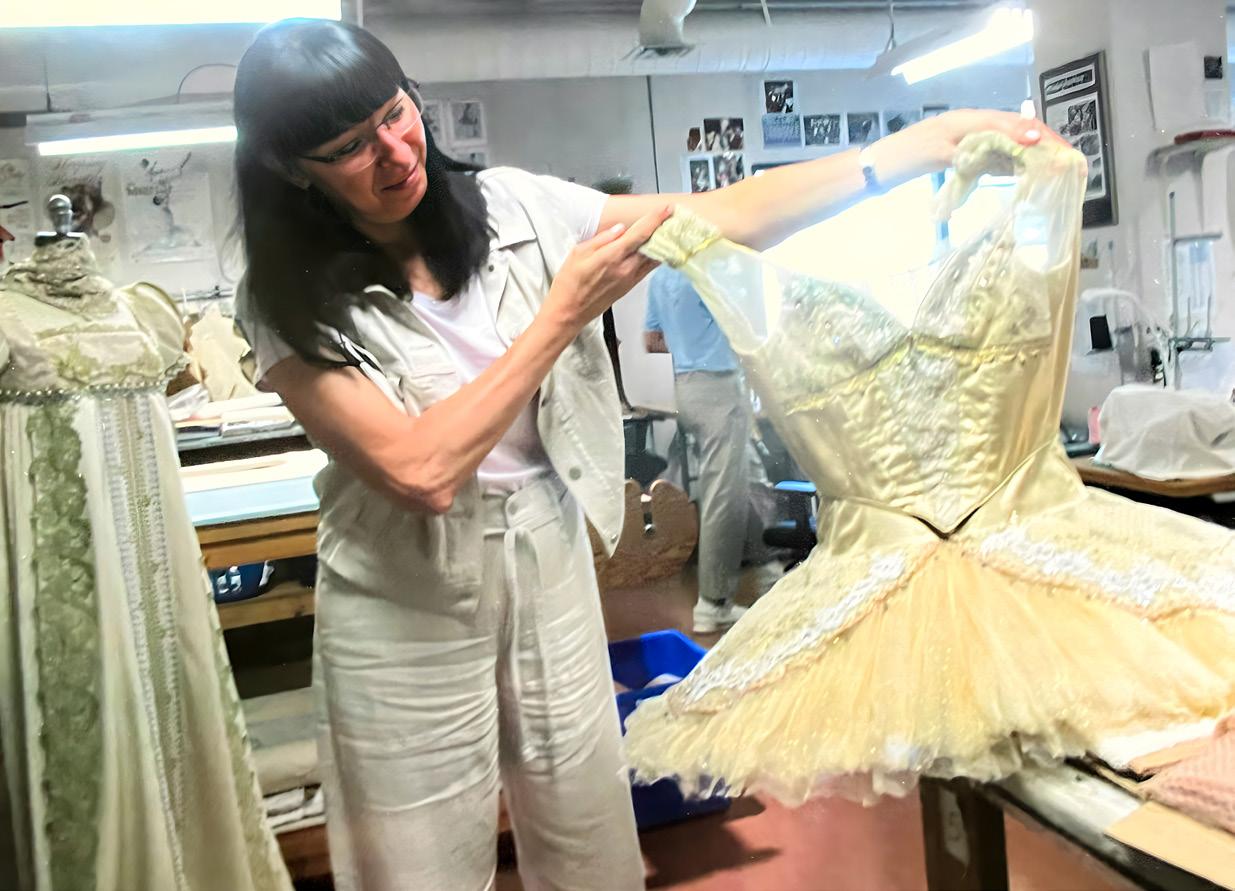

Later, it’s off to the Little Italy ’hood to grab a table at the cozy, contempo Passero, where an open kitchen sends out plates like my ball-o-rice arancini: crusty, yielding to creamy, studded with mushrooms and launched on a pool of Green Goddess dressing. Skipping the meat and fish, I sped directly to the pasta list for a plate of cavatelli lush with tomato, spinach, pesto, mascarpone and pine nuts. A final, fudgy tart paired with peanut butter, dulce de leche and espresso cream sent me out the door humming.



By morning’s light, I headed across the river into St. Boniface for brunch at the riverside Promenade Brasserie, launched by a Métis chef who early on found his passion in the kitchen — this morning, delivering a smoking-hot and spicy-hot shakshuka. Bravo! Snacks at the Fork held me until dinner at Shirley’s in the foodie heaven called Osborne Village.
Cuddled in a couple of small rooms that could double as Grandma’s cottage, I pounced on a starter of devilled eggs livened with gherkins and caramelized onions, then settled on the pesto-laced radiatori, laced with basil, pine nuts and pecorino plus creative add-ins like zucchini cubes and leaflets of kale. My companion’s chicken Milanese introduced mortadella, arugula and Dijon to the usual cheese-and-tomato classic. We couldn’t manage dessert, so Grandma’s strawberry shortcake will have to wait.
I’d dined at Chef Emily Butcher’s vanguard Nola on my last visit. This time, I stepped into her newest venture, Bar Accanto, right next door. It’s a tiny hideout dressed in modern black and white (and reverberating with chatter) serving up a concise, well-curated menu of why-can’t-I-just-chooseeverything treats. (Actually, the party next to me did just that.) I swooned over tempura-dressed oyster mushrooms, brightened by a jalapeno emulsion; then the chili-glazed pork belly alongside cucumber salad, a satiny saffron puree and florets of fried cauliflower. That surprise crunchy touch? Chicharrón!
One meal to go: brunch at the Exchange District’s longtime fave, Clementine. It opens at 9 a.m. and is so popular that crowds swarm the door and pound on the below-street setting, ensuring that all seats are filled by 9:01. My classic Eggs Bennie hit the spot. So did a frothy cappuccino. And the people-watching is primo.
So, let’s give it up for Canada’s middle child. Can’t wait to return. To plot your own adventure, visit tourismwinnipeg.com. BTW, the Pride Winnipeg 2026 festival runs May 26 to June 7.



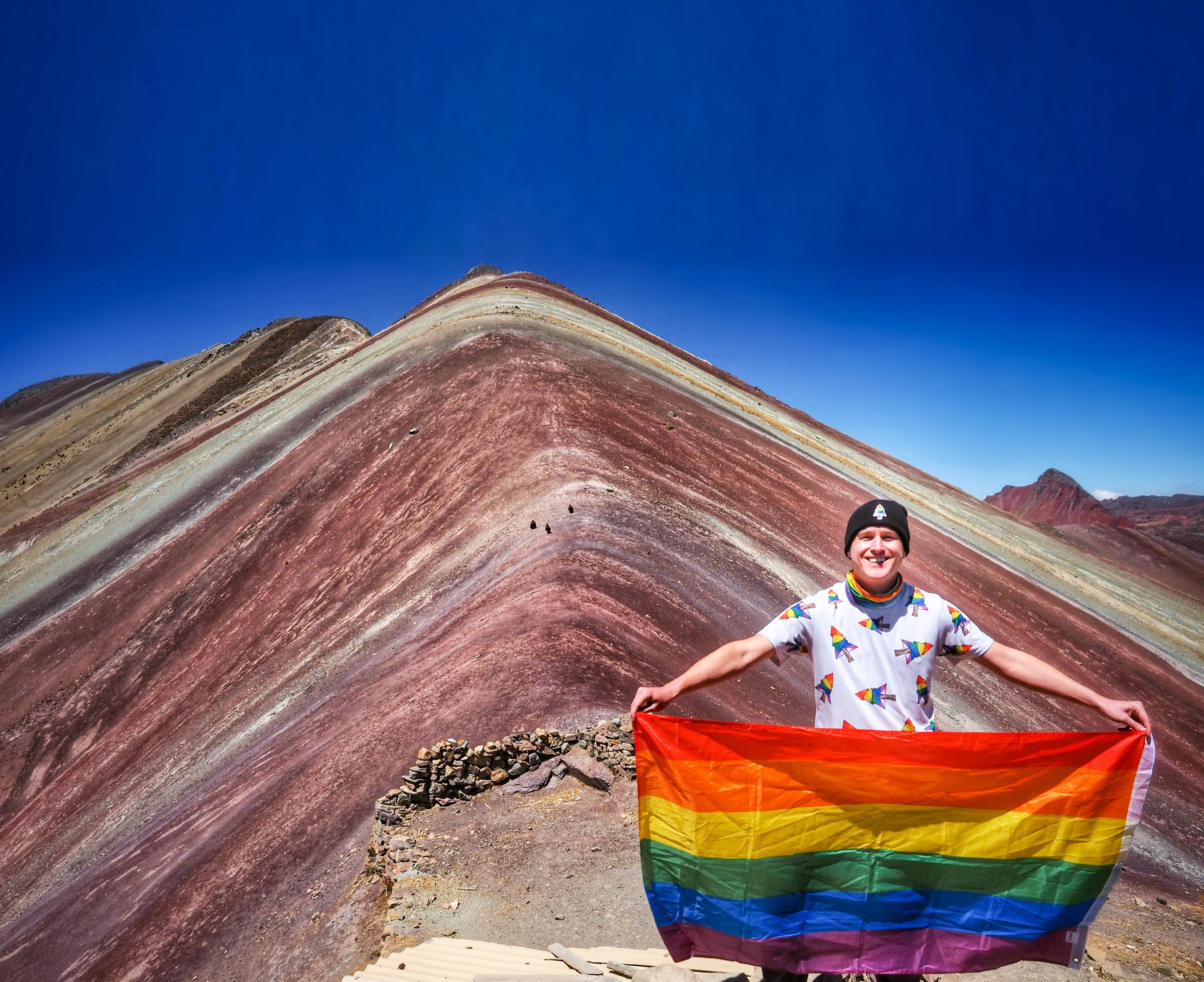
You’ve likely seen it on social media. A mountain peak of multi-colored stripes that looks so picture perfect, you assume it’s AI. Yet, it is real. And if your version of queer travel involves visiting both the rainbows waving on flags, along with those striped across the earth, then you’ll want to learn how and why to visit the unique Rainbow Mountain high in the Peruvian Andes.
America has lots of great natural wonders. I believe that so much that I spent three years visiting every one of the 400-plus U.S. National Park Service sites. But, across our park system, the closest thing I’ve seen to Peru’s Rainbow Mountain came in the single stripe colors of rocks in the Painted Hills Unit of Oregon’s John Day Fossil Beds National Monument or Petrified Forest National Park in Arizona. Neither of those creates the symmetrical point of Peru’s Rainbow Mountain. Also, both are in very remote parts of the state that aren’t included in most pre-packaged tours and require a flight and rental car to reach from Minnesota.
However, if your goal is to experience a rainbow geologic feature, to have a trip that involves having someone else coordinate the remote travel, or both, then visiting Rainbow Mountain serves the niche. With the added benefits of being very affordable for those converting costs from U.S. dollars, and including the allure of international travel, all in the same time zone as Minnesota!
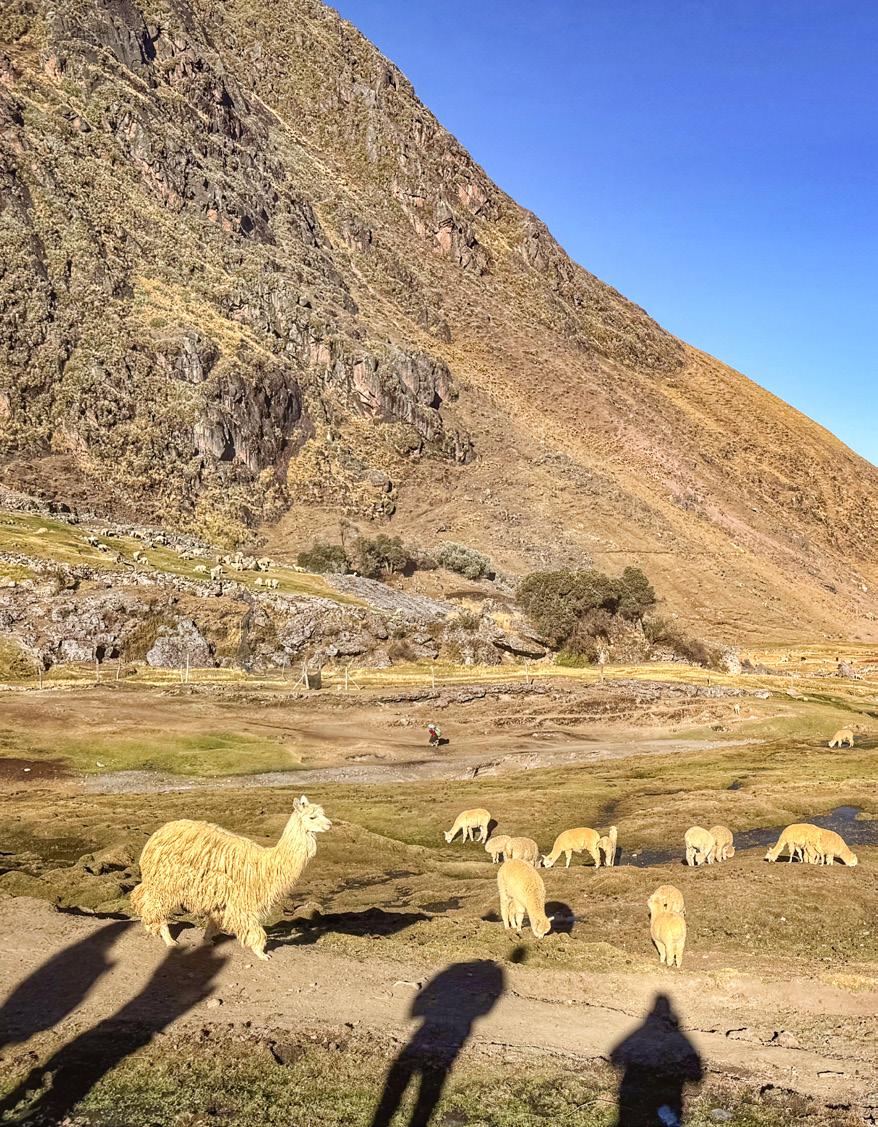
Though Peru is on the other side of the equator, the lack of a time zone change means it can be reached without having to take a red-eye flight, adding to the difficulty of adjusting to your new location.
Actually, one of my favorite parts about my week-long sojourn to the Rainbow Mountain area was that it began with a recommended rest period in Cusco to acclimate to the altitude (Cusco is at 11,000 feet and Rainbow Mountain is at 16,000).
So often, we travelers rush to reach our vacation destination, only to hit the ground running to maximize our time in the destination, leaving little time to relax. However, before trekking to Rainbow Mountain or its more famous, nearby counterpart, Machu Picchu, it’s actually recommended to take 2-3 days in Cusco to acclimate to the altitude.
2-3 days to relax! And you’re doing exactly what this adventure vacation calls for!
Not only would I recommend this from a physical health perspective (both my travel companion and I felt our bodies reacting to the altitude at various points during our trip), but it was wonderful for my mental health. Knowing that I was taking a truly relaxing beginning to my vacation, while still experiencing a foreign culture, was the perfect way to start my time in the country.
My trip began with a 10 a.m. departure from Minneapolis, which started me with a casual morning in the MSP Delta lounge, plus 2 hours to enjoy the lounge in Atlanta
Continued on page 14
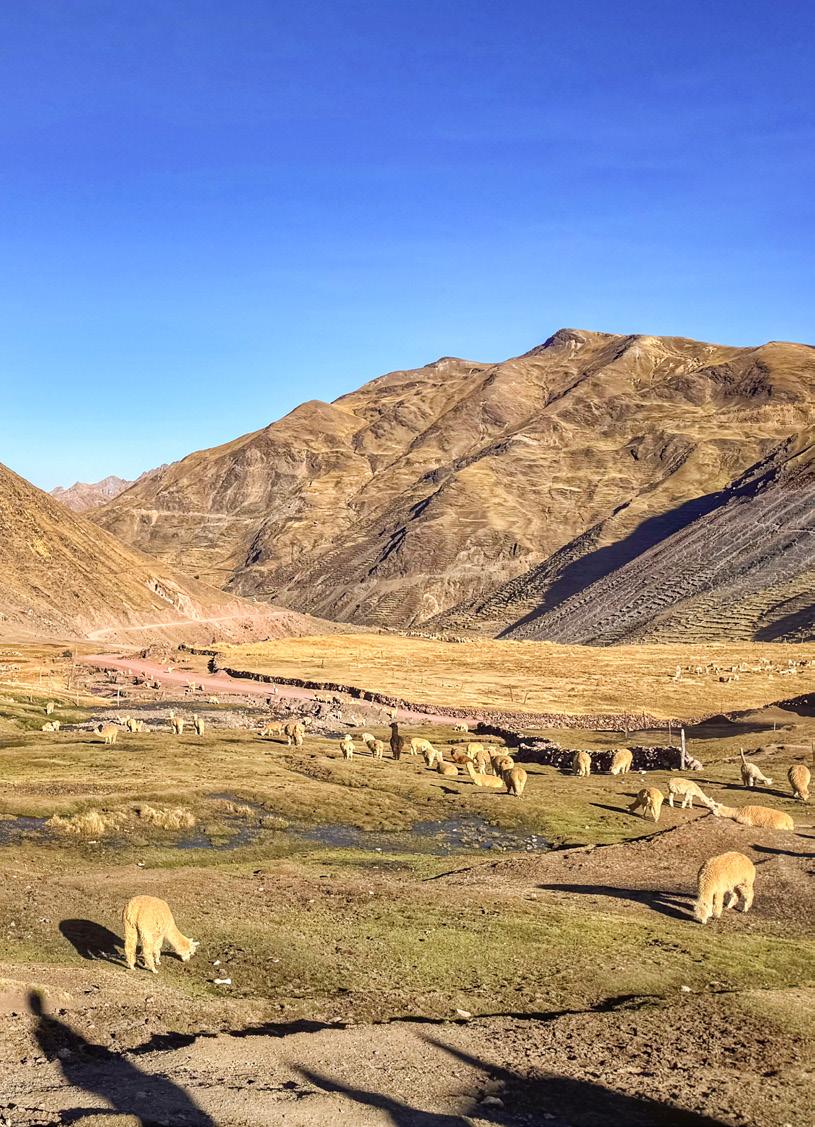


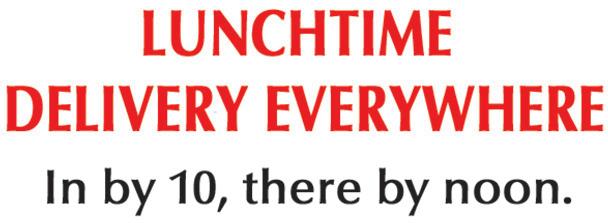


















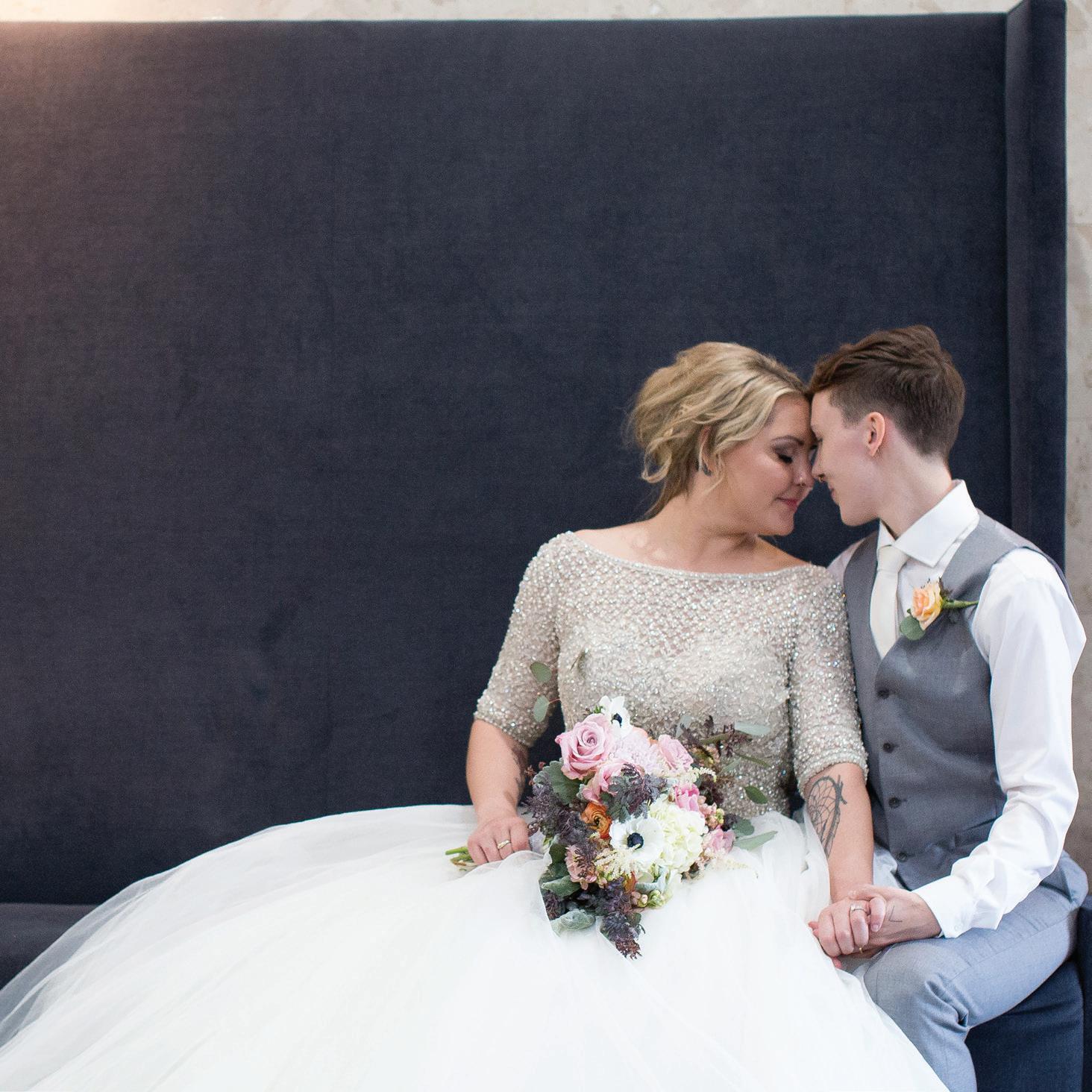

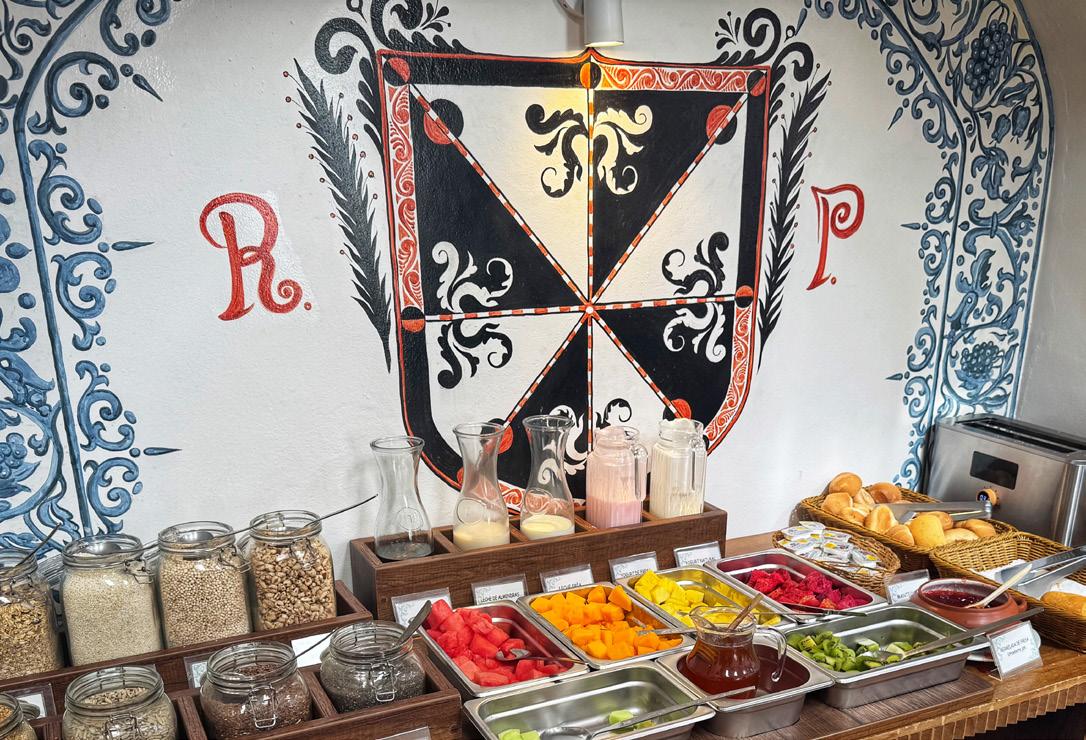
before my 7-hour flight to Lima, Peru. Then, another 2-hour layover to clear international customs and switch to the domestic terminal for my final flight to Cusco. Landing at 12:30 a.m. in the small airport, where my driver was waiting for me by name with a sign, all arranged as part of my entire itinerary package by Alpaca Expeditions.
So, a full day of travel. But a great itinerary given the distance and lack of an overnight flight.
My Cusco airport driver took me on the 10-minute drive across the city of 500,000 residents, where my hotel was also arranged by the Alpaca Expeditions tour company that would eventually take me on hikes to Machu Picchu and Rainbow Mountain later in the week.
I filled up my water bottle using the filtered spigot of Hotel Rumi Punku (along with their wonderful breakfast spread, my favorite feature of the hotel as someone who loves staying well-hydrated at all times), then went right to bed.
Waking up the next morning, my job to prepare for those trekking tours was simply to enjoy Cusco.
To relax and have a long breakfast.
To roam the streets for alpaca socks.
To enjoy a city walking tour.
And to sample the fabulous cuisine options of the city (Jill’s Cafe was my favorite restaurant, and was returned to multiple times!).
For those appreciating the tastes of home, there’s still a Starbucks, KFC and McDonald’s in the main town square. But if you’re looking to taste the local fare, my preferred burger was the Alpaca Burger at Jama Restaurante. It was juicy and plump, and well-balanced with a sauce and fries that made me very glad I didn’t succumb to any food option I could easily get back home in Minnesota.
The other benefit to being in Cusco is that it’s where your pre-trip orientation will happen if you’re embarking on any hikes to Machu Picchu.
At 6 p.m. the night before my 2-Day, 1-Night trek to Machu Picchu, my traveling companion and I met at the Alpaca Expeditions office near the main Cusco square, where we joined the group of 8 others we’d be hiking with, along with getting final details on what we’d need to pack, plus our physical Alpaca Expeditions bags that allowed porters to do the majority of the heavy lifting.
Having done a 4-Day, 3-Night Machu Picchu trek in my mid-20s, I knew porters were an option. And now with the greater financial security of my 30s, I was glad to see their services were already included in the tour price. Because I had already planned to hire one, no matter what.
Not because I needed one, but because it does make the hike more pleasant, and why not give that to yourself when traveling halfway around the world for a vacation? But also, the exchange rate and cost of travel in Peru are so affordable for Americans that it’s a very cheap added luxury. And at the same time, it helps local Peruvians provide for their families.
Our English-speaking guide was a porter before becoming a guide.
Tourism has become a very large part of Cusco’s economy. And it was very apparent that in the 14 years since I last visited Machu Picchu, the government has put a lot of effort into making the tourist experience as seamless as possible.
This infrastructure investment means that travelers can no longer roam Machu Picchu freely as they did on my visit in 2013. But it also means the timed entries and guides make sure you can get that perfect selfie and Machu Picchu picture for your Instagram.
While that might sound soulless, that efficiency makes it possible for the throngs of people who come to Machu Picchu to still enjoy it. And having visited now under both systems, the new timed-entry setup did not lessen the magic at all.
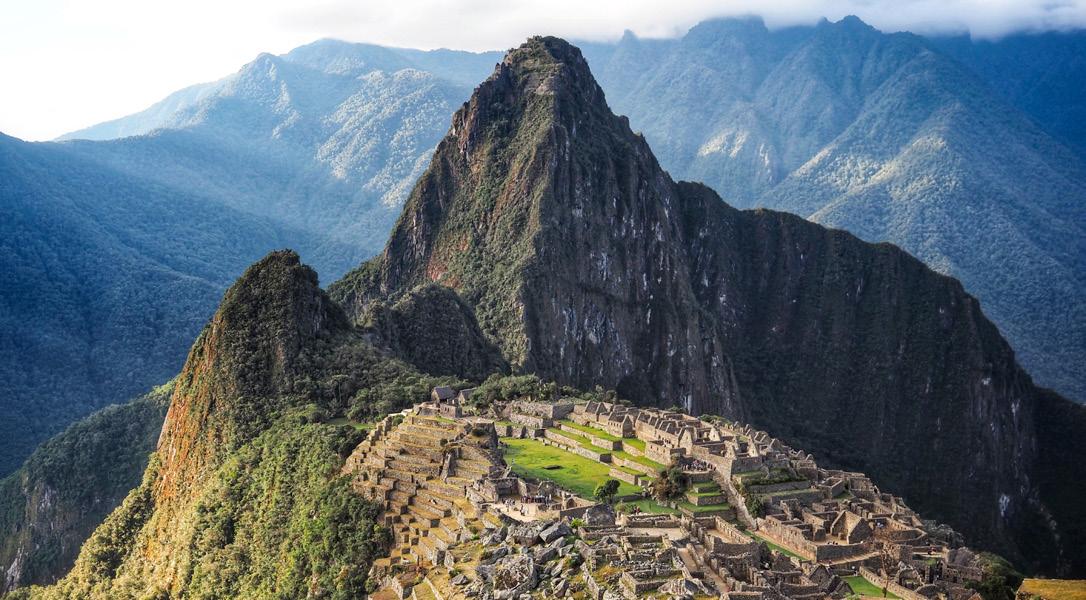

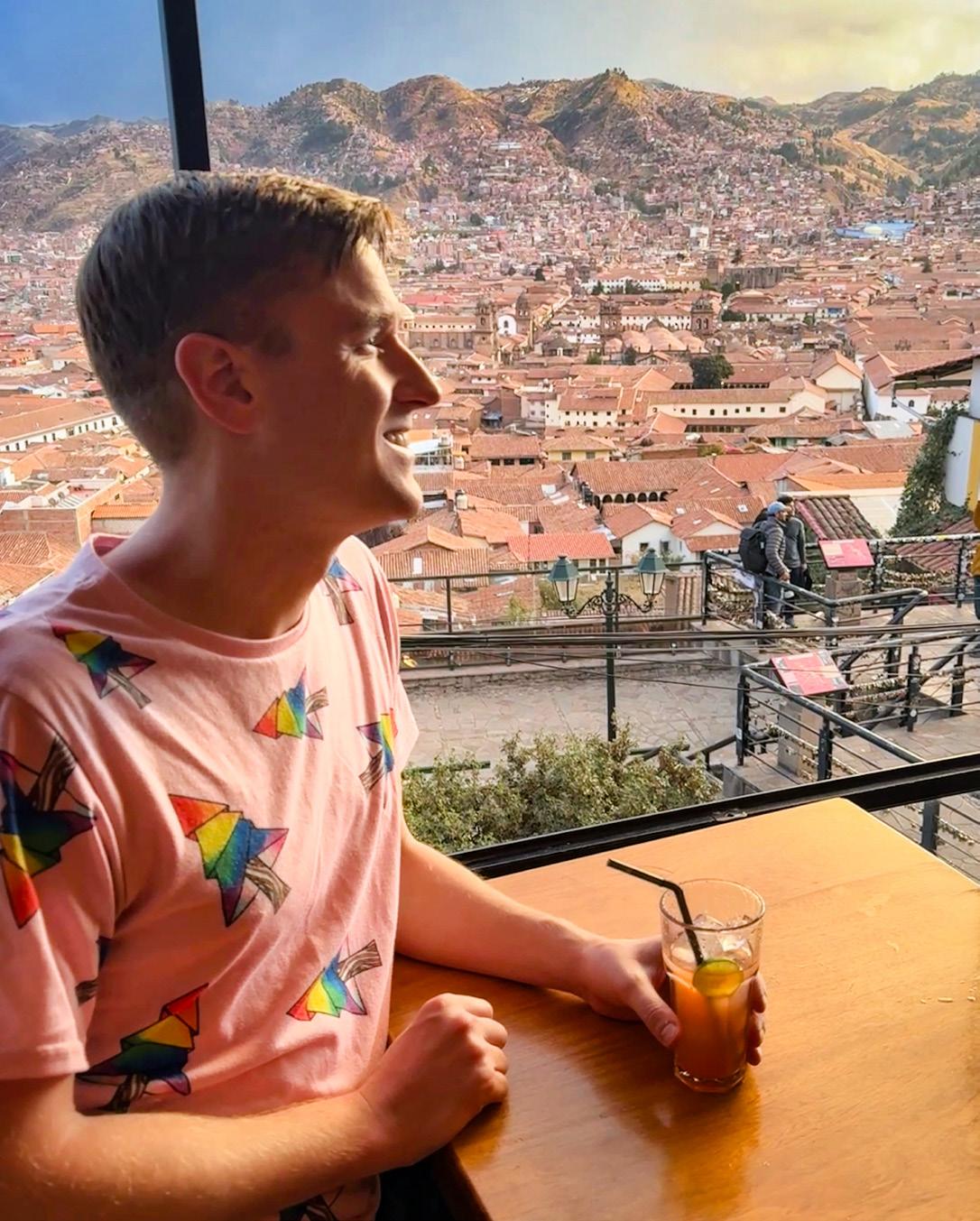
In fact, the coordinated bus shuttles, trains and amenities of the Aguas Calientes anchor town made for a very smooth international travel experience.
They’ve built the system for foreigners to come, which makes this international travel both exciting and relaxing.
But beyond Machu Picchu, the 4-day, 3-night Alpaca Expedition I booked also included a day-trip to Rainbow Mountain as the climax of my Peru visit.
And it delivered a peak moment!
The day started at 4 a.m., a common time for tours out of Cusco, where I was picked up at Hotel Rumi Punku’s front door and loaded into a van with other travelers for a multi-hour drive to the base of Rainbow Mountain.
Along the way, we stopped for breakfast at the home of some small-town residents, surrounded by an alpaca farm that gave us an up-close view of these famous, and adorable, animals.
Then began a multi-hour, 1,000-foot vertical hike, which served the tourists every 15-30 minutes of hiking with pay-bathrooms and kiosks selling everything from water to Doritos.
Again, they know who they’re catering to: tourists.
And that includes helping you get to Rainbow Mountain even if you don’t want to hike. With horse rides available for an additional fee negotiated through the locals, standing ready with horse reins in hand.
Regardless of how you get to the top, you’re rewarded with a real-life view of one of the few rainbow geologic features scattered about the world, looking over the equally scenic Red Valley.
Following my visit to the peak, I headed back to Cusco and prepared for my early morning flight.
Though it began with another 4 a.m. wake-up call, after three days of tours that began at the same time, I was used to it.
And was able to once again avoid a red-eye. Arriving home to MSP shortly after midnight and returning to my own bed the same day as waking up on the other side of the rainbow world.
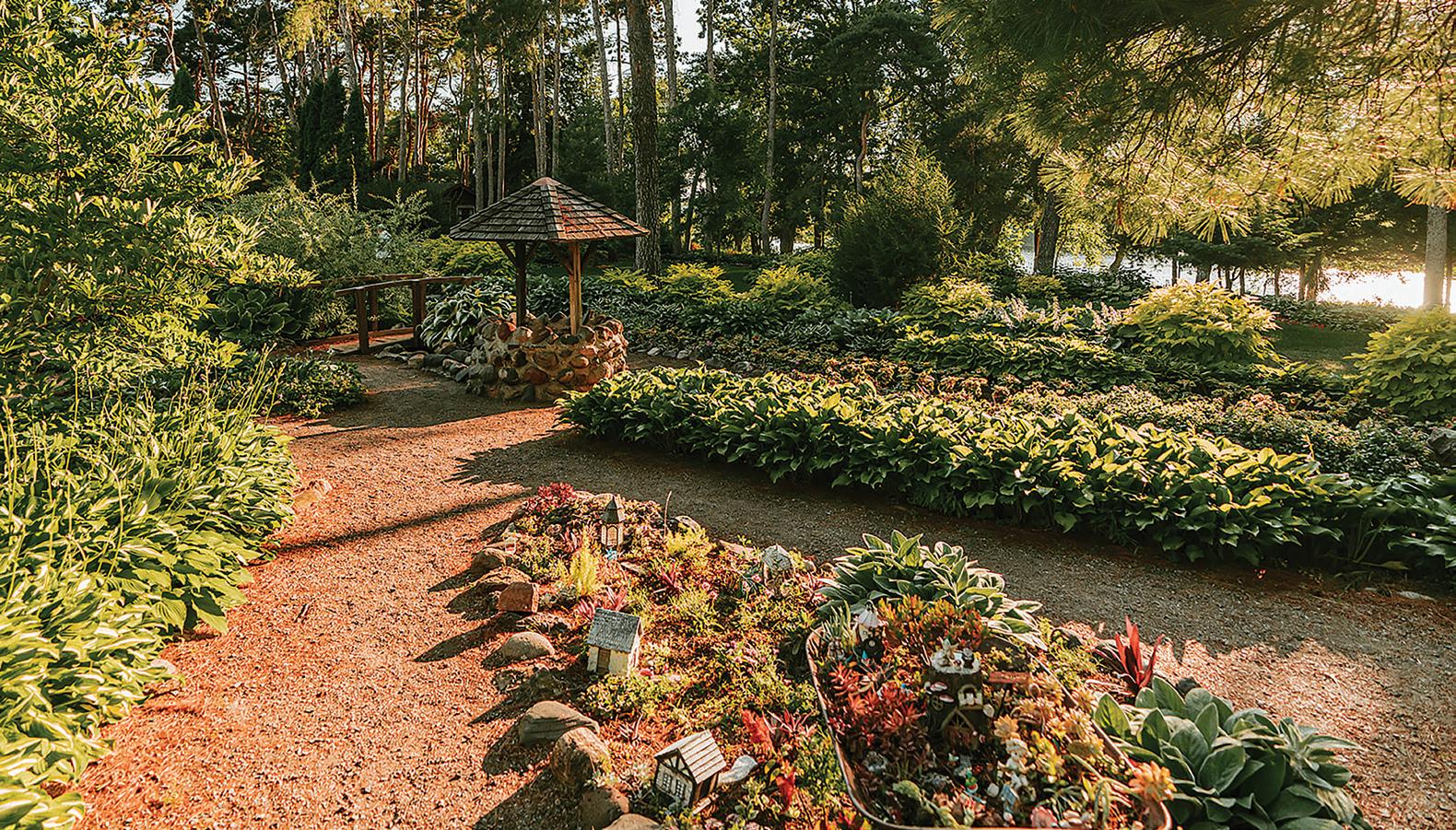

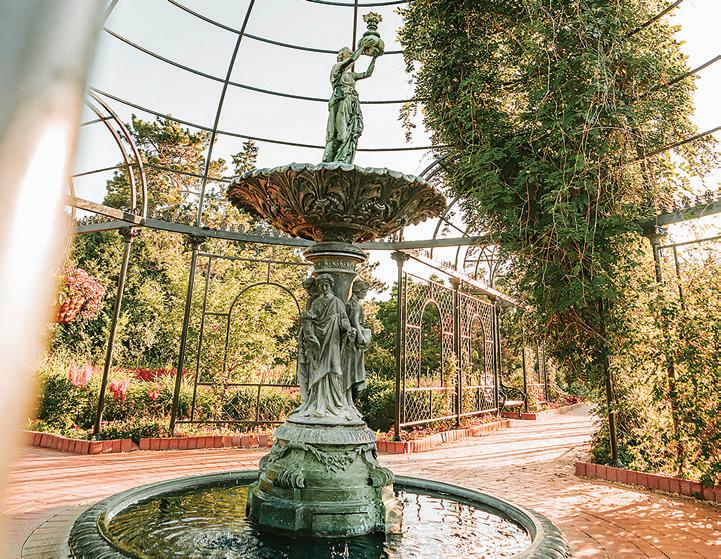


Over the last 30 years, the Twin Cities Jewish Film Festival has showcased films from around the world that center Jewish identity, storytelling and art. Though it has evolved throughout the years and the founders have since been forgotten, the powerful impact and significance to the community that the festival provides still prevail.
Katie Kline, the director of arts and culture for the Minnesota Jewish Community Center, recognizes the festival as a long-standing showcase of Jewish tradition, and she is excited to bring together this year’s 31st annual gathering.
The festival spans the course of 11 days and features numerous genres, all depicting a variety of forms of livelihood and experience.
From its beginnings, the festival has always been set on sharing stories, culture and connections. According to Kline, storytelling has always been an important aspect of Jewish culture, and as such, the festival has come to reflect this important tradition.
“Jewish culture has a long tradition of storytelling, so I think it was inspired by a love of storytelling,” Kline says. “The idea that film can be a bridge both to Jewish culture and to the wider, more universal human experience.”
Using the art of film, the festival is truly set on embracing and growing community. Attendees will find themselves surrounded by excited patrons and volunteers coming together to celebrate not only the parts of themselves that make them alike, but also the parts of themselves that make them different. The topics, genres and origins of the films vary to encapsulate a wide range of people, experiences and cultures.
“We really embrace diversity in this festival. We have films from over a dozen countries, and they span every kind of genre from romantic comedy to comedic shorts to really intense, hard-hitting documentaries.” Kline
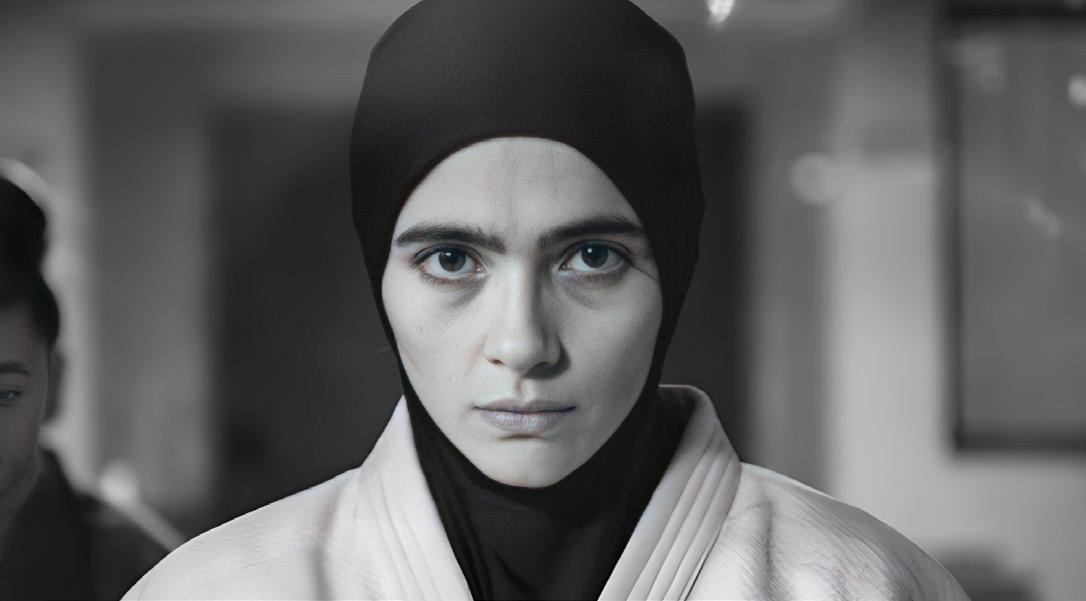
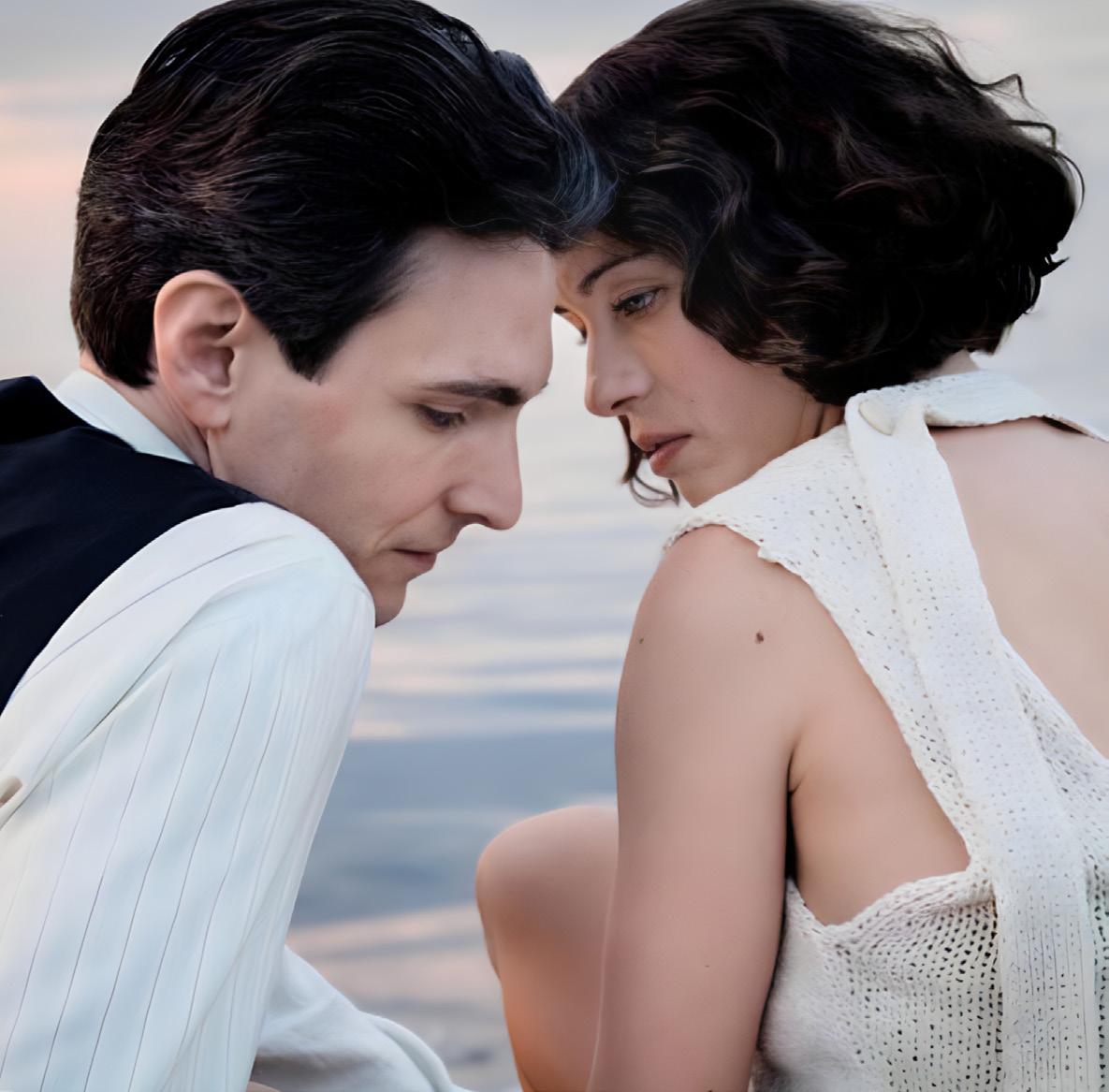
says. “This year, we even have a Yiddish horror block, which is such a fun surprise and probably a genre that many people don’t even know exists. But beyond the genre, the lineup also reflects a wide range of religious observance, ethnic backgrounds and lived experiences.”
Like the films themselves, the setting for the shows also varies. Some will be hosted at the Minnesota Jewish Community Centers, while others will be held at a total of eight different locations throughout the Twin Cities, including the Minneapolis Institute of Art, the Alliance Française and the Main Cinema.
Like all events, the Twin Cities Jewish Film Festival has gone through many changes throughout the years. Kline reveals that the population of attendees has waxed and waned throughout its running in a manner that she says “responds to the shifting landscape of our world.” Despite these changes, the heart of the festival remains the same: bringing people within a community closer together through artistic voice.
“To me, it’s more important this year than it’s ever been in a time of increased polarization and sense of isolation that many people are feeling right now. These stories help us make meaning of the world, and they help us connect to one another, and I don’t think there’s ever been a more important time for those things to happen.” Kline says. “I think it gives people a place to see themselves reflected and to learn about others in a way that builds compassion, understanding and empathy.”
Following the film, attendees have the opportunity to discuss their thoughts with filmmakers, artists and scholars. Kline admits that this is one of her favorite moments within the festival.
“You never know what’s going to unravel in the films, and there’s a lot of incredible moments that await in the course of the festival. … I particularly love the impromptu conversations that happen between audience members after the films,” Kline says. “I love hearing what resonated, what stuck, what perplexed them, and what’s gonna linger with them after they’ve left the theater. … I’m excited to see how people respond, and I think that audience members will be equally excited by what they find.”
Additional information for the Twin Cities Jewish Film Festival, such as pricing, sponsorships, volunteer work and donations can be found at their website, minnesotajcc.org.
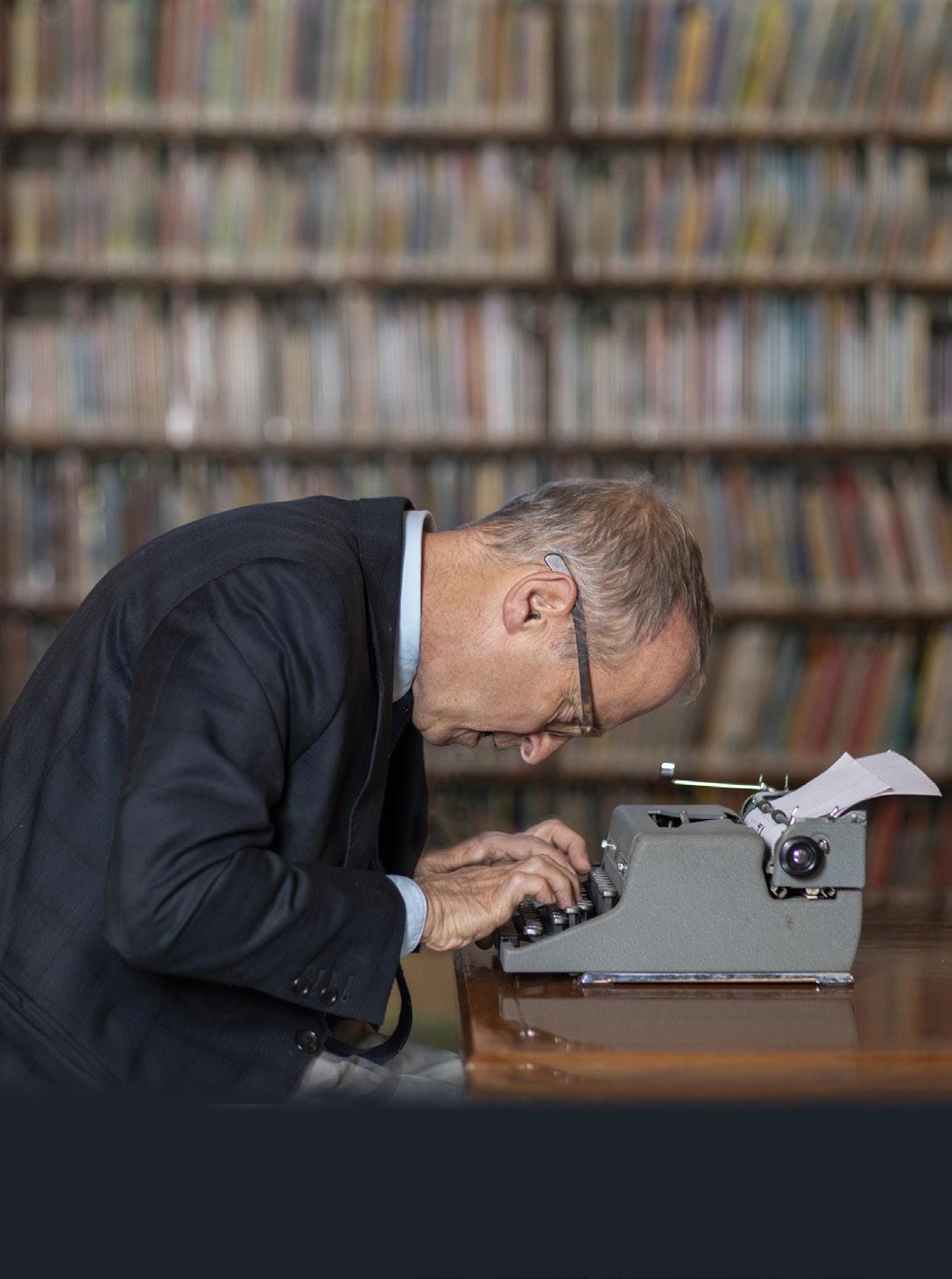
MONDAY, OCTOBER 20 . 7:00PM
ORPHEUM THEATRE
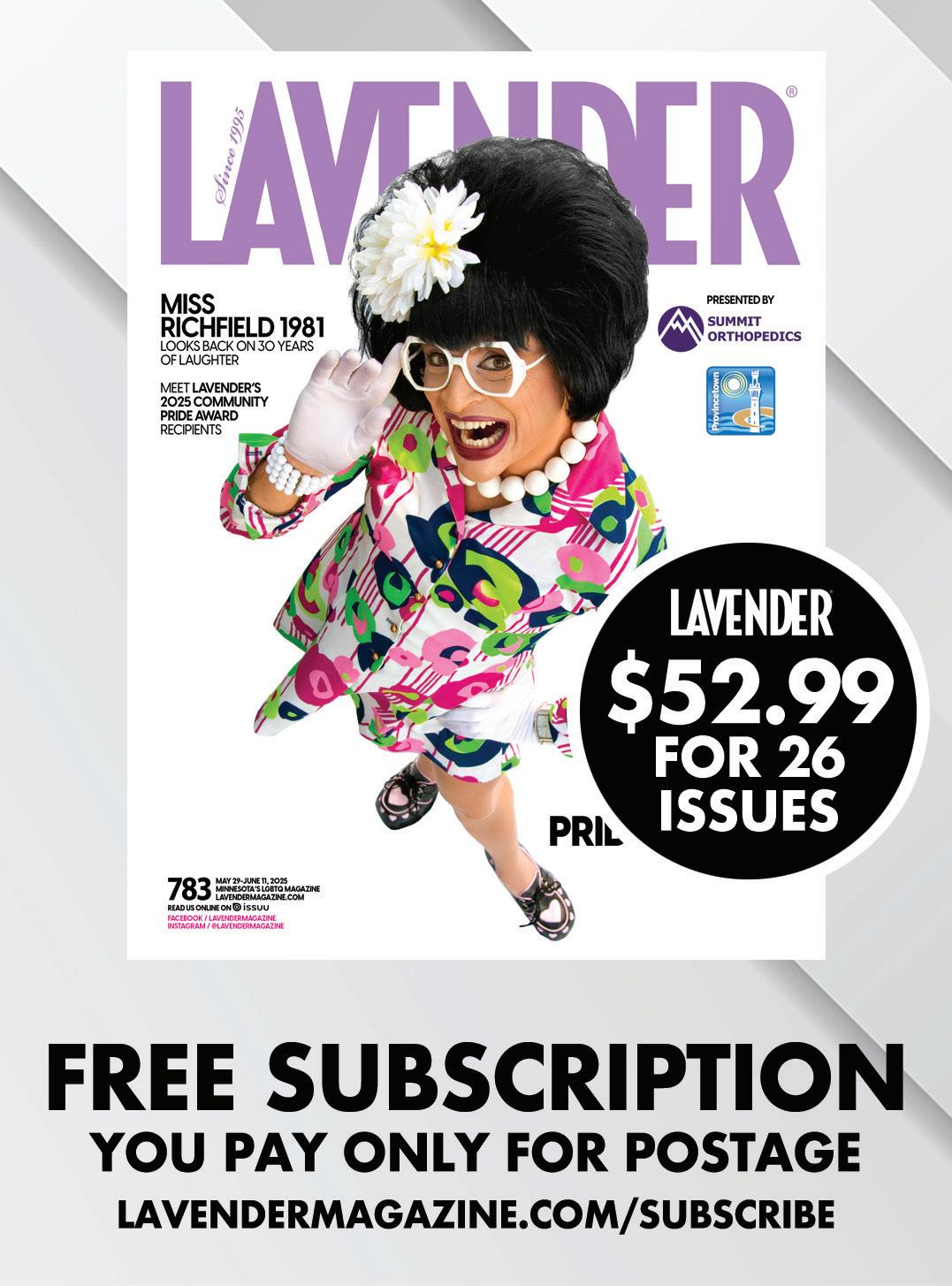
‘It’s Always Midnight Somewhere’
Screenings of ‘The Rocky Horror Picture Show’ Are Where Only the Loud and the Proud
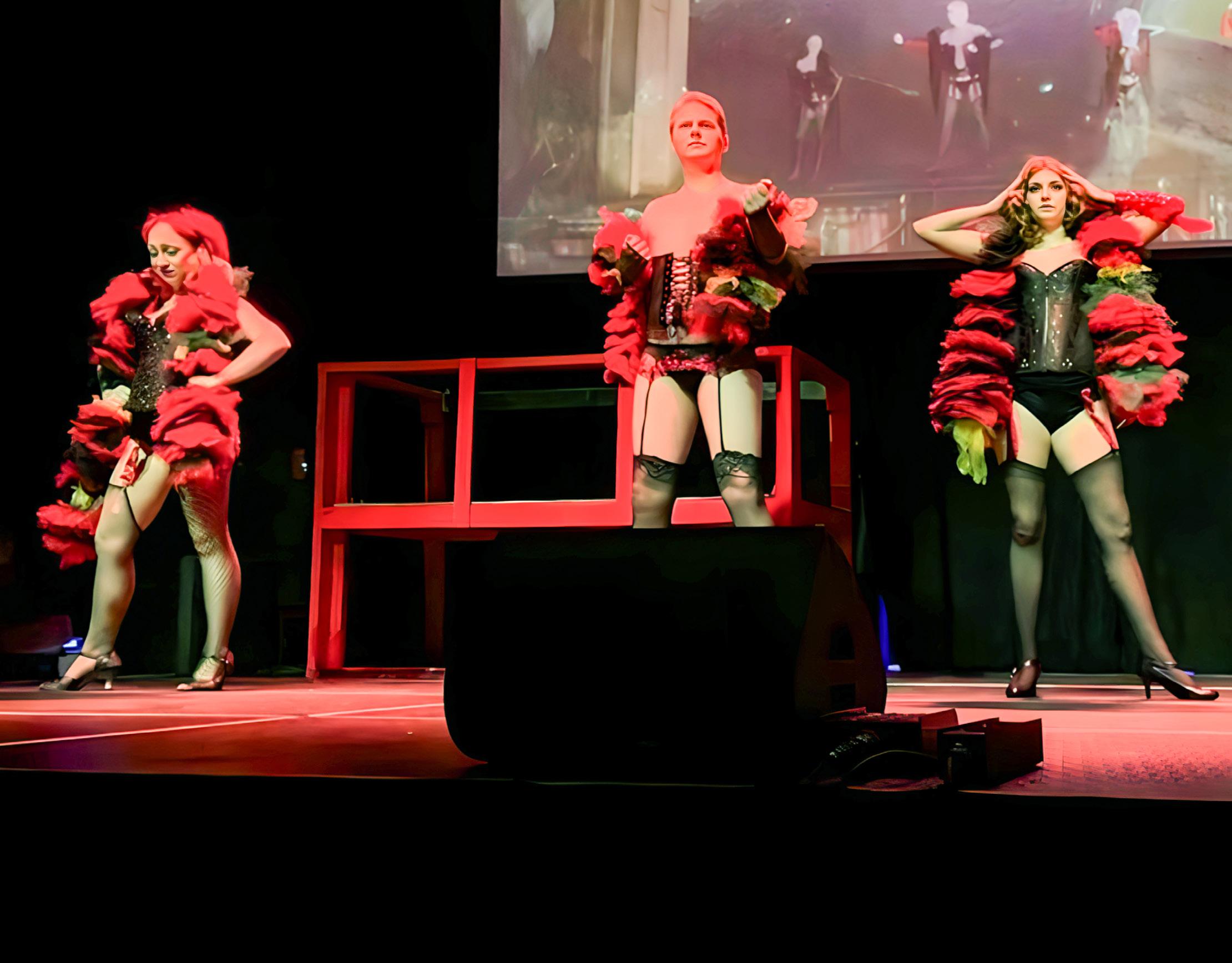
A roll of toilet paper. A deck of playing cards. A newspaper. A glow stick. An engagement ring. A party hat. A squirt gun. Another. A fistful of rice. Another. A rubber glove. Another. A noise maker — the old school, twisty, Happy New Year kind.
This is one version of a survival kit … but what kind of situation could it help anyone endure? A bachelorette party held in a brothel? A poker game played in an operating room? A rice fight fought in the dark? Good guesses all, but no — these items are one of many physical combinations that will get a viewer/participant through a live screening of “The Rocky Horror Picture Show.”
Lazy observers often describe the film as a cult classic, but, as evidenced by needing a survival kit to get to the end of an in-theater viewing, “The Rocky Horror Picture Show” is so much more than that.
At its fishnetted core, it’s the story of an uptight, straight-laced, justplain-straight engaged couple who are forced to spend a rain-soaked night in a spooky castle where laces are loosened and the only taboo is uptightness. The castle is the locus of a weird party presided over by an evenweirder mad scientist, caped and pale-faced, named Doctor Frank-N-Furter. Aesthetically, the story is a confounding hybrid: at times, it’s a love letter to early science fiction and B-movies served with a burlesque twist; at other times, it indulges in 1950s bubble gum pop along with glam rock at its glammest and rockiest.
The tale, initially entitled “The Rocky Horror Show,” was first told in 1973 as a rock musical presented on a small London stage at the Royal Court Theatre (properly pronounced “thee-uh-tuh”). A huge hit, the play was turned into a film, re-christened “The Rocky Horror Picture Show,” and released in 1975 in the U.K., where it hit hard, then in the U.S., where it flopped hard and died … but like another caped, pale-faced legend, “The Rocky Horror Picture Show” refused to stay dead.
In fact, the movie took on a life all its own once it began a long string of midnight showings at New York City’s rowdy, renowned Waverly Theatre. “Buy an umbrella, you cheap b—-!” one fan counseled a character using a newspaper as a parasol, and the tradition of so-called callbacks, a tradition for the untraditional, had begun. Other untraditional traditions coagulated around this tradition, and the midnight screenings abided, year by year, decade after decade, in the Big Apple and all over the world, (eventually) turning “The Rocky Horror Picture Show” into the longest theatrical release in cinema history.
The film owes its undead endurance to multiple factors, of course, but the most obvious of these is that “Rocky Horror” has offered to generations of nonconformists a place to celebrate the traits that society writ large tells them are not okay.
“If you’re one of the Other, you’re the ones who make this evening what it is,” Barry Bostwick proclaims during an exclusive Lavender Magazine interview.
Bostwick would know: a mere five decades ago, he starred in the film as Brad Majors — “a hero,” according to the possibly-ironic opening credits and one-half of the aforementioned straight-laced straight couple. In recent weeks, he has been making evenings with Others all across North America, celebrating the 50th anniversary of “The Rocky Horror Picture Show” during a movie screening tour put on by Scott Stander and the Stander Group.
The tour will manifest in Minneapolis’s Orpheum Theatre (properly pronounced “theeuh-ter”) on Halloween, where Bostwick will be joined by co-stars and co-hosts Nell “Columbia” Campbell and Patricia “Magenta” Quinn.
“A lot of people want the 31st, and only one person gets it,” Bostwick observes regarding the tour dates and tour places. “It’s not just about the local queer community, it’s about total orientation, and ‘The Rocky Horror Picture Show’ has transcended so many labels that — well, now
Yet another untraditional tradition, the shadow cast is a group of live, in-person performers, possessors of length, height, and even width, who act out the film’s scenes as it plays on screen behind them, catalyzing the interactive experience of the live, in-person audience. These duties will be realized locally by Transvestite Soup, a Twin Cities troupe of just such troupers.
Bostwick remembers his time on the actual, non-shadow cast.
“To me, it was just an opportunity to sing a couple really cool songs and receive a free trip to London,” he reminisces. “I was drawn to it mainly because of the music and the slightly self-conscious over-the-top acting style that I was comfortable with … but the storylines were real. That worked for me.”
The young actor threw himself headlong into the character of Brad Majors … and into the character’s journey.
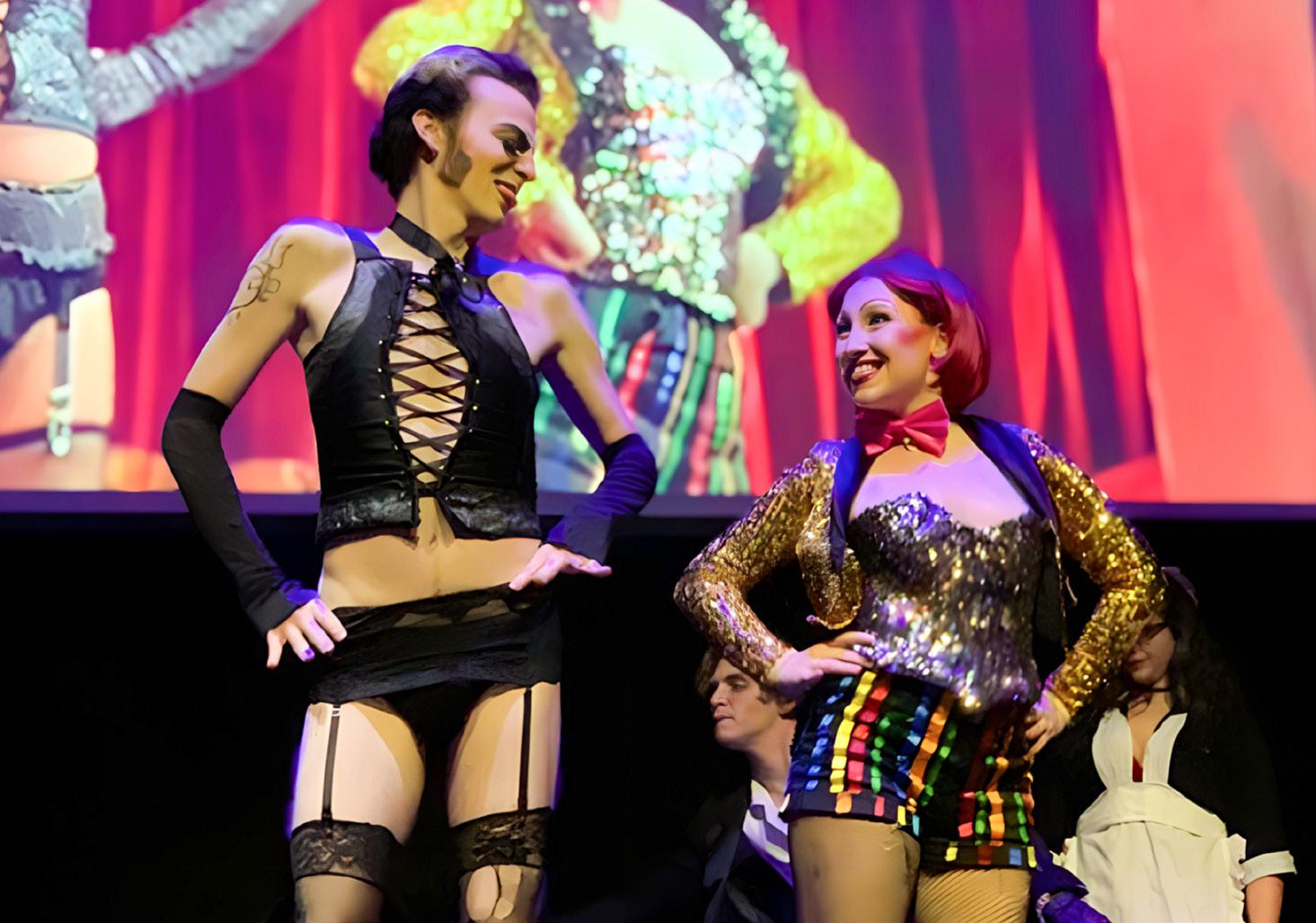
we’re on our third generation: the grandmothers and grandfathers are bringing their grandchildren. Grandma will say, ‘You might have to be part of the virgin ceremony,’ and the kid will go, ‘Ew, I don’t know if I want to do that, Grandma.’”
The virgin ceremony, another untraditional tradition, is one of many happenings that precede the actual screening of the unedited, 4K film. Think “lipstick fraternity initiation meets vice squad pat-down performed with jazz hands,” and you’ve got the right idea.
“We do the costume contest and the virgin ceremony and the oaths,” Bostwick says. “It’s a whole evening of fun and games. We probably do a good half-hour of stuff before the shadow cast even comes out and does the movie.”
“I wasn’t even slightly bothered by the shenanigans,” Bostwick recalls. “It was a time when I was glad to strip down to my underwear.”
That stripping away of inhibition has provided inspiration and succor for countless fans … but such liberation needs its limit.
“You have to look at that character Frank-NFurter and what he does to people — meanness, narcissistic behavior,” Bostwick advises. “Be the person you’ve been hesitating to be all your life. Don’t dream it, be it … to a point. Everything in moderation.”
Well, maybe not everything — the practice of repeating funny meta-insults has, over the decades, turned into a friendly, community-affirming competition.
“The shout-outs outshout themselves,” Bostwick notes. “Someone will be sitting next to [an out-shouter] and think, ‘Man, that was great,’ and they’ll use it somewhere else. The people around you will always support someone who comes up with something funnier than the usual shout-outs.”
That makes sense … but what doesn’t make sense to Bostwick is the restless, relentless migration of such comments in the pre-digital age.
“When this thing first started in the ‘70s, I went to a theater in Austin, Texas, or LA, or somewhere, and the same shout-outs had become categorized … but there was no Internet,” Bostwick recounts. “How did people know? It was like there was a Pony Express rider going to Boston and saying, ‘Okay, you’ve got to say, “Buy an umbrella, you cheap b—-!” because that’s what they’re doing at the Waverly.’”
But if one were to a-jump to the left and then step to the right, put her hands on her hips and time warp 50 years into the future, might such screenings, whether abetted by the Pony Express or the Internet, still endure for the 100th anniversary of “The Rocky Horror Picture Show”?
“I hope the politics aren’t still around,” Bostwick speculates, “but, after six generations, it will be a miracle if people are still entertained by what entertained their great, great, great, great grandmother.”
The politics Bostwick cites have made “The Rocky Horror Picture Show,” to different people in different eras, an oasis of unapologetic joy in a world where queer expressions were (and sometimes still are) often met with violence. Such screenings can be spaces that provide literal survival.
Whichever fans will be thrilled at the Orpheum this Halloween won’t need to bring kits to survive the experience — the venue will be providing its own such kits, presumably approved by the janitorial staff and board members who openly and repeatedly and unironically use the term “Harrumph.”
However, it’s greeted by the carbon-based beings sitting in the seats, the film has plenty to say to grandma, grandpa, grandchild and everyone in between … including a message of unlikely subtlety.
“Be sure we’re always kind to ourselves first,” Barry Bostwick encourages. “It will generate kindness all over the world.”
“The Rocky Horror Picture Show” 50th Anniversary Spectacular Tour
The Orpheum Theatre, Minneapolis October 31, 2025, 8 p.m.
hennepinarts.org/events/rocky-horror-pictureshow-50th-anniversary-spectacular-tour

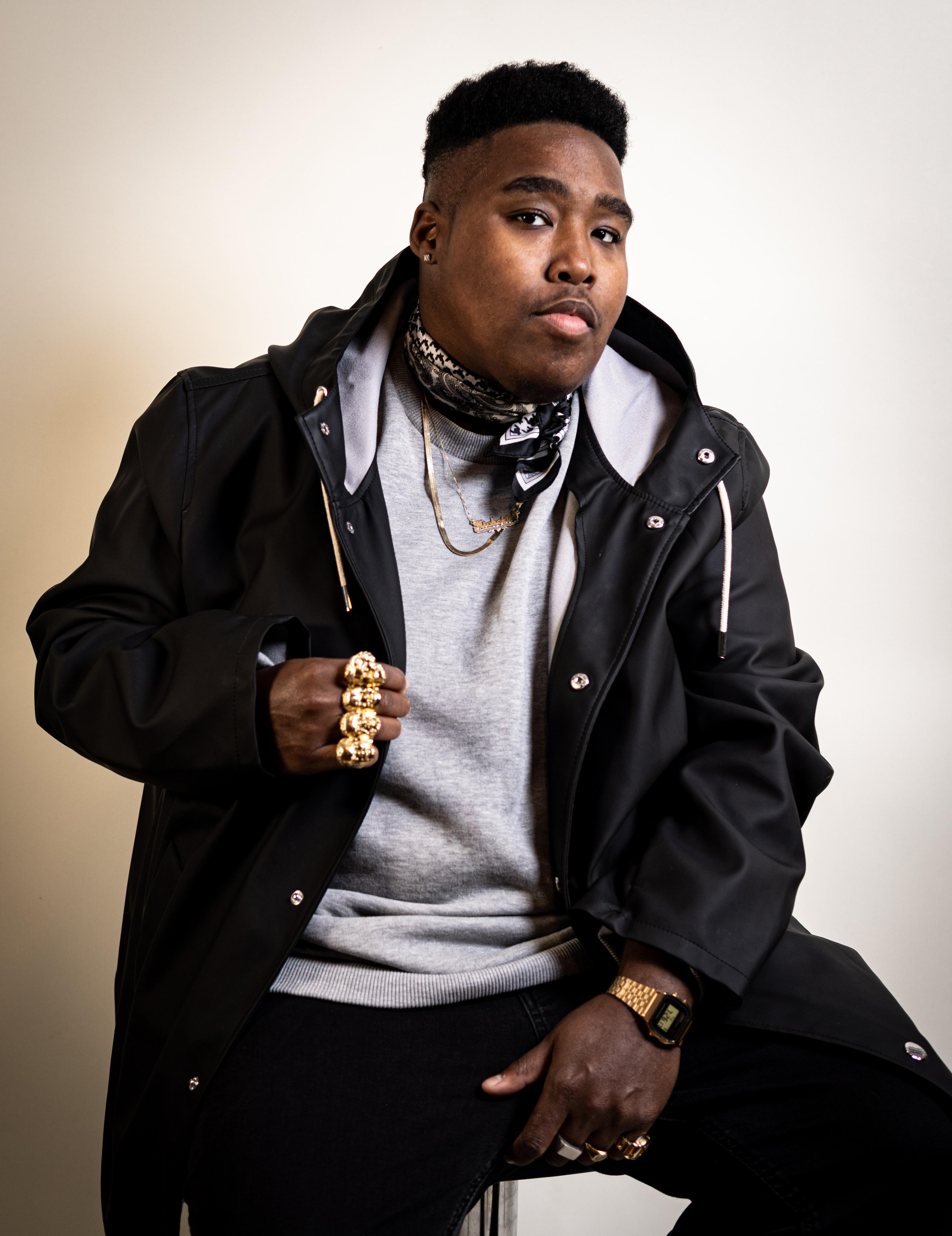

The Grammy-nominated hip-hop artist’s upcoming album celebrates their own creativity and resilience as well as that of their community with infectious flow and effortless swagger
For Boston-based hip-hop artist Billy Dean Thomas, their upcoming album “MX,” out Oct. 24, represents the tangible results of being their authentic self.
The album’s title, pronounced as “mix,” references both the gender neutral honorific that many nonbinary people, including Thomas, use and the hip-hop institution of mixtapes.
“I wanted this to feel like a mixtape in that there are so many styles, there’s different flavors, and you get to see me in these different modes as far as the straight rap classic vibe, and then I have these other songs that are more experimental or more drum and bass,” they explain.
Throughout their discography, Thomas beckons the listener’s ear with mesmerizing flow and witty, impactful lyricism, akin to their main influences Missy Elliott and Busta Rhymes. The varying styles of “MX” are unified by their natural swagger, making it no wonder that they are also known as “The Queer B.I.G.”
Thomas also leans into a black-and-white, neo-noir visual aesthetic for “MX” that is sharp and opulent. As they say on their triumphant second single, “Praise Latifah,” it’s “masculine style with pretty boy features.”
According to Thomas, the aesthetic is “Kind of a play on merging the past, the present and the future.”
“I think black-and-white is always an instant nod to the past, but I think there’s also a really exciting thing too where you think about shows like ‘The Twilight Zone,’ where it’s black-andwhite, but it’s talking about the future, too,” they say. “It creates this space where you don’t really know what time it is, and it almost doesn’t matter because a lot of the issues are still ringing true no matter if it’s 1925 or 2036.”
Thomas’ main goal for “MX” is the reimagining of queer futures, particularly non-white
ones, and showing that it’s possible to keep living despite prevailing, almost predetermined narratives of struggle.
“It allows us to exist in a place where people are always consistently talking about how we shouldn’t be alive,” they say. “It’s a reimagining of it, but it’s also an imagining of it, period, because we don’t have a lot of narratives that are talking about or even displaying queer people in a future context where they are alive and they are happy, thriving in their environments and successful.”
This sentiment rings the clearest in the album’s lead single “Minding My Business,” a catchy protest bop that pulls the listener in with seductive Latin-style strings and keeps them listening with a booming trap beat and Thomas’ melodic, androgynous vocals. The title speaks to how the people that oppressive systems scapegoat and demonize are just trying to live their lives.
“(Minding My Business) was my PSA, like, ‘Hey, I have something to tell you guys,’” Thomas explains. “But once we’re past that piece, there’s just so much more to talk about.”
For Thomas, “Minding My Business” is also emblematic of their life as a 30-something-yearold artist who works a full-time job, waiting for the day their art makes its breakthrough.
“It’s really difficult to remember what your core is because it’s capitalism,” they say. “Capitalism makes it very difficult for us to remember what our morals are, what we care about or even to reflect on our success because everything is moving so quickly. Maybe ‘Minding My Business’ can be a reminder for people to celebrate themselves or even just think about themselves.”
In many ways, Thomas says “MX” is the culmination of more than a decade of making music, during which they navigated vocal dysphoria and found producers who have been compassionate about that struggle to finally arrive at a safe space where they can play artistically.
“I’m not afraid anymore,” they say. “I found my voice.”
As for what’s next after “MX,” Thomas says their biggest goals include connecting with larger queer artists such as Kaytranada and having a song of theirs chart on Billboard. Not to mention, the self-described “overachiever” says they’re halfway finished with yet another album.
Right now, though, Thomas is just excited to reintroduce themself through “MX.” Based on what they’ve given us so far, it will be a powerful statement, staking a claim for a future for themself and their community.
“When you’re standing on yourself 100%, everything just aligns.”



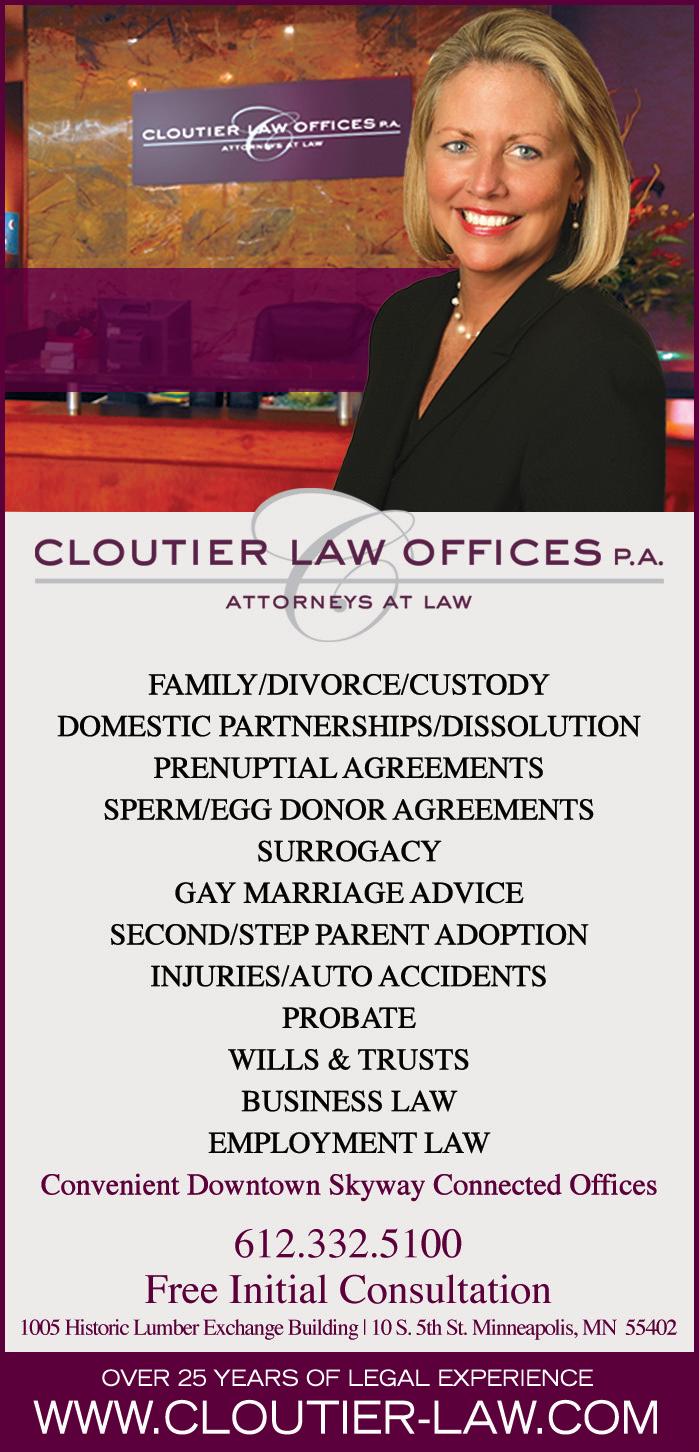


One of the most special days of someone’s life can also hold powerful history, trauma and struggle. A wedding is a special moment shared among family and friends, setting the stage for a couple’s next era in life. However, for LGBTQ+ couples, this day represents a long journey.
Weddings are not just an event; they tell a story and take guests on an emotional journey, says New York-based wedding planner Jason Mitchell Kahn. For LGBTQ+ weddings, it’s not only the story of the couple, but the story of the LGBTQ+ movement.
“In that moment, we know that a couple and the people that they have asked to witness it are a part of something so special and so profound that our ancestors never got to participate in, that people have been prosecuted for in previous times and still are in other countries,” Kahn says. “This wasn’t a guarantee. This is something that was fought for. And so the celebration is so much greater.”

Kahn has been a wedding planner for 15 years, having fallen into this path after moving to New York to be an artist. He puts his storytelling abilities from his start as a playwright into his wedding planning, bringing out the couple’s ideal story of their relationship and translating it to their guests on their special day.
Kahn wrote his first book, “Getting Groomed: The Ultimate Wedding Planner for Gay Grooms,” early in his career, and it was the first wedding planner made for gay grooms. He got the idea after planning a queer wedding in 48 hours, right after the Marriage Equality Act passed in New York in 2011.
He says planning a wedding that very first weekend was very special. With celebration throughout the city and joy amongst LGBTQ+ communities, there was still a lot on everybody’s mind.
“I never dreamed as a child that this would be the reality that I got to live in as a gay person, that I’d look around and feel so equal in society,” Kahn says. “And I think every LGBTQ+ person was feeling that in that weekend, and it made it profound.”
Now that he’s worked with couples all across the spectrum for over a decade, Kahn says he felt there was more to say, especially with how we’ve evolved as a community and how we look at our weddings and identities in a less binary fashion.
Kahn’s new book, “We Do: An Inclusive Guide When a Traditional Wedding Won’t Cut It,” not only gives people a chronological and practical plan for planning a wedding, but also breaks down heteronormative traditions and reminds people that they don’t have to follow them.
Kahn reminds his clients that they can confide in him, weddingrelated questions and beyond, and he’s not just there to pick a venue, dinner and music. He is an ally to the couple through and through, especially those who have difficult family situations.
“As I’ve learned over the years in being a wedding planner, it’s not just about planning an event. It’s about getting to know couples in a very personal way … not only do I get to know them, but they really get to know me,” Kahn says. “I felt that it was important in this book to really be personal so people knew who the person writing it was and get a sense of where my point of view comes from as a planner.”
Continued on page 24
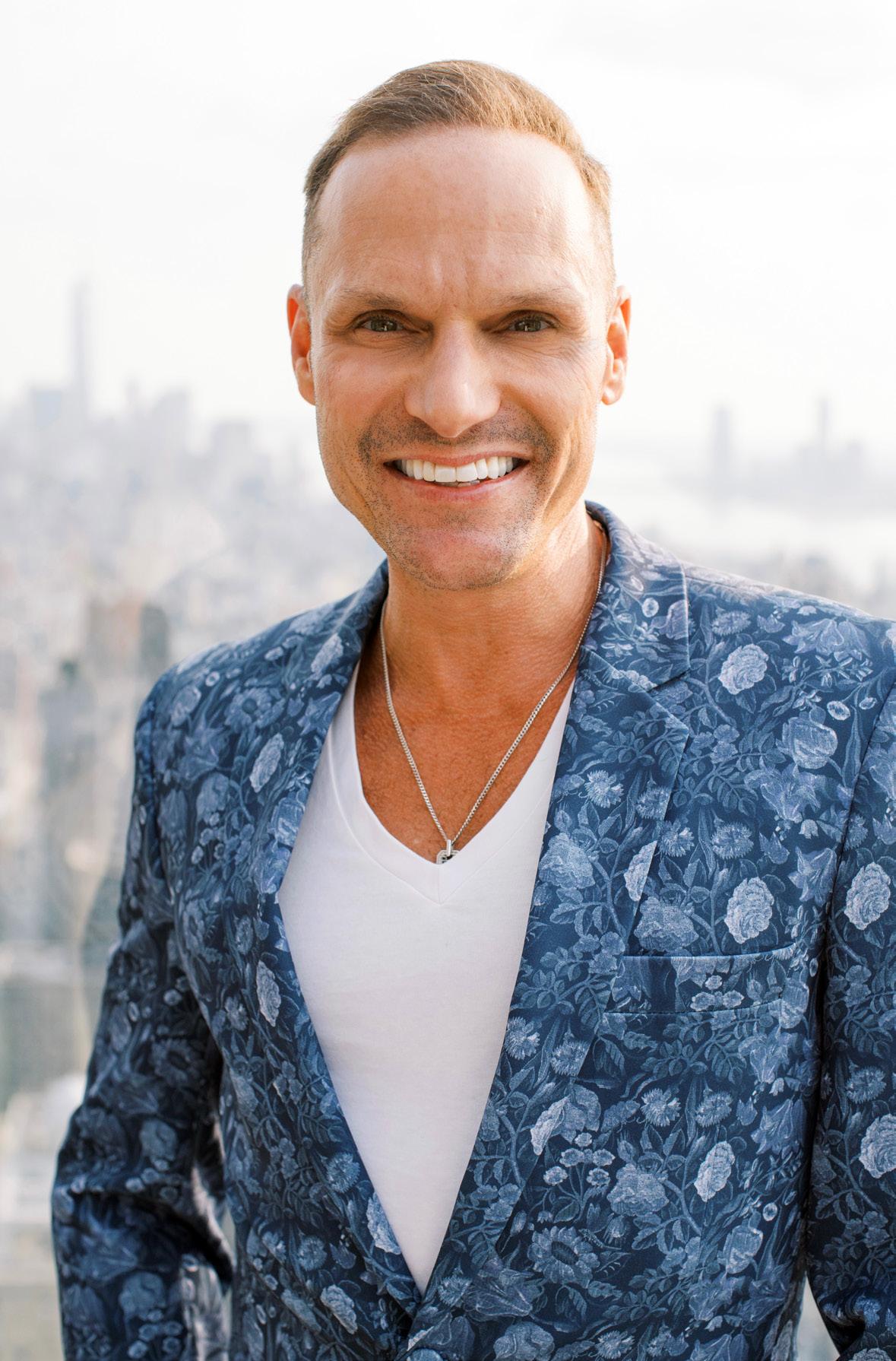

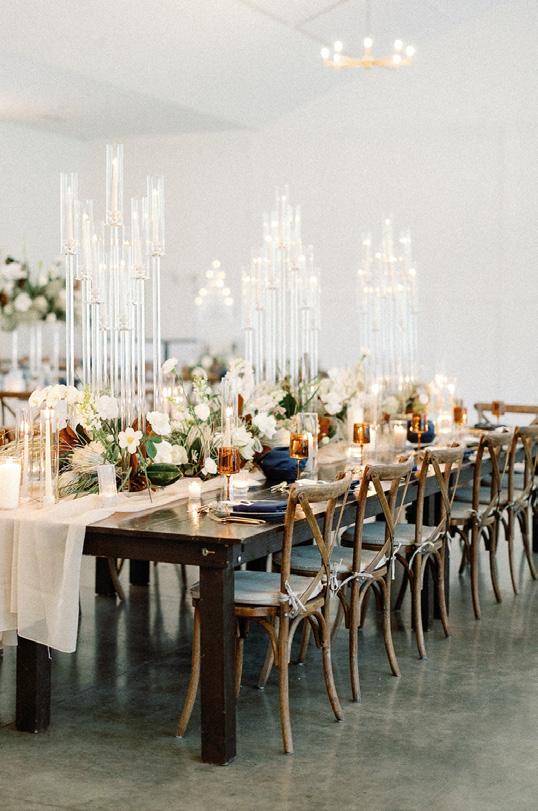

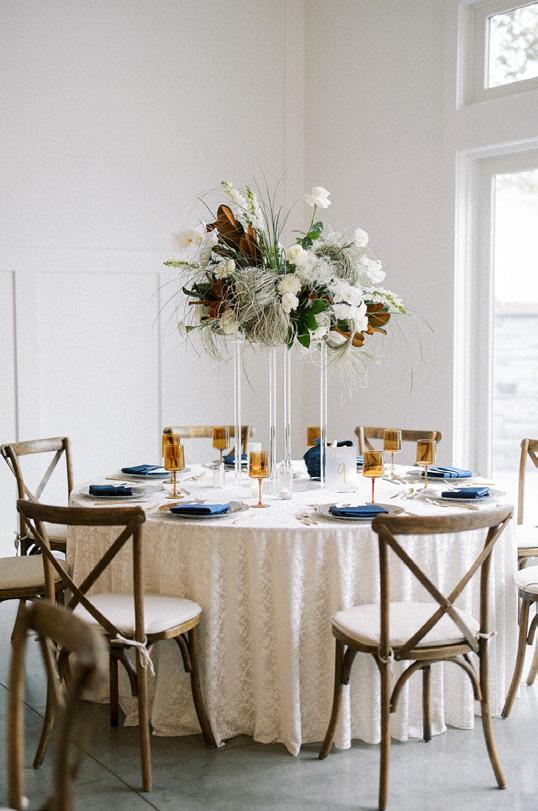

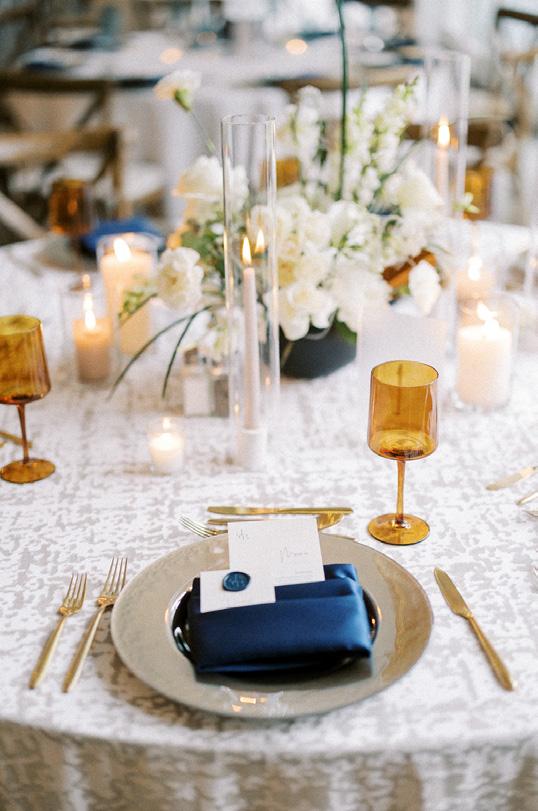
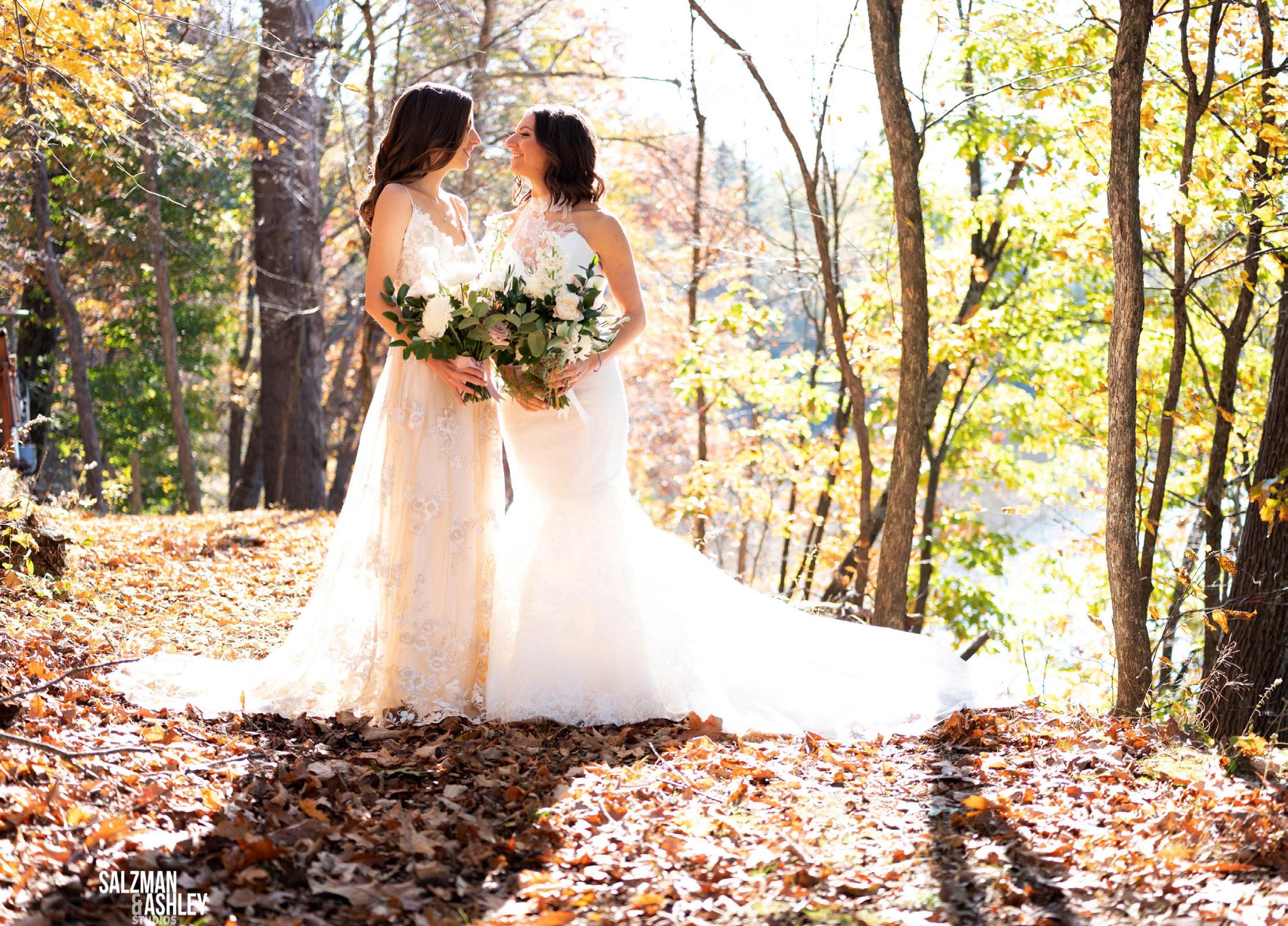
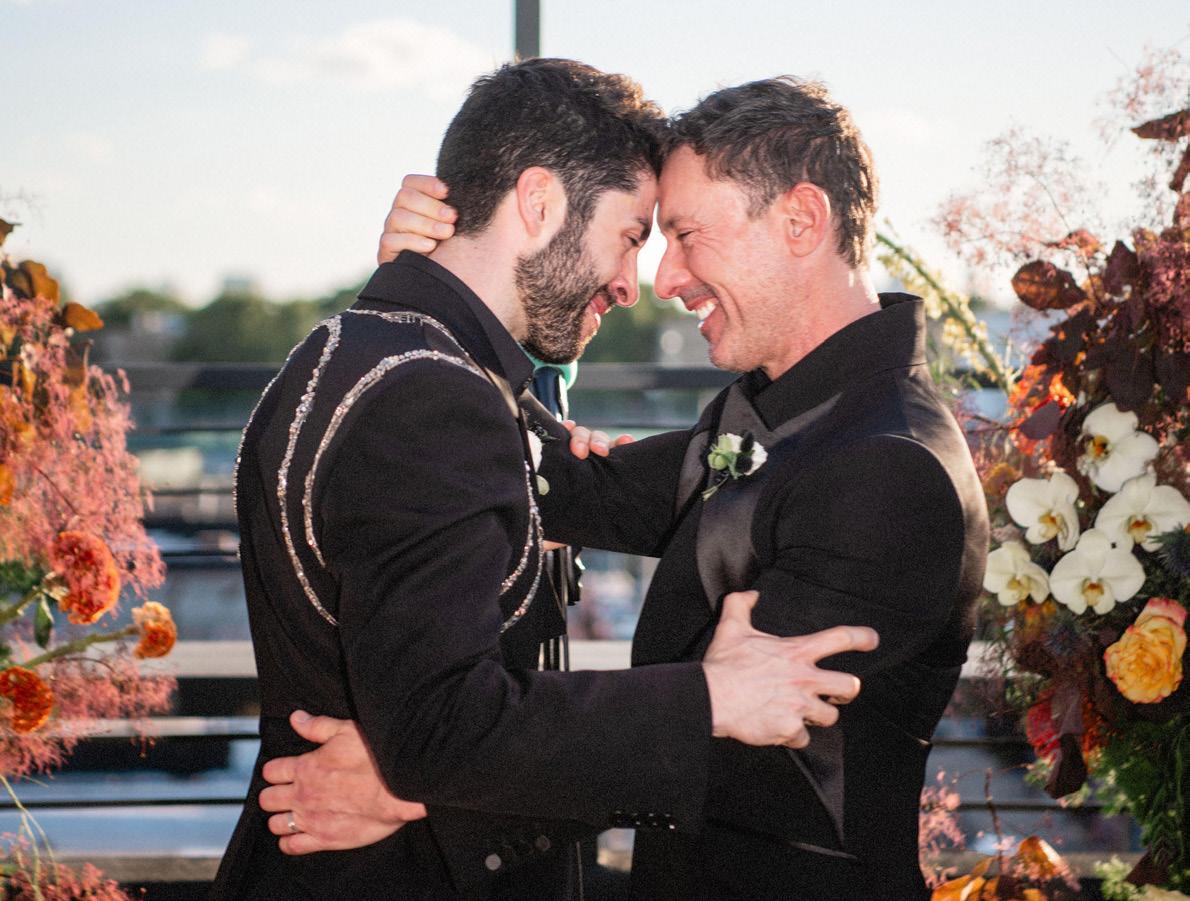
Wedding planning is a very personal and nuanced experience for everyone, and it can open up triggering experiences for people, Kahn says, and turning that into a moment celebrating how they got through that is special.
Many LGBTQ+ people may not have seen themselves having a wedding in the same way that heterosexual people do, and often, the experiences can be very different. Whether it be family that’s not accepting or expectations of heteronormative traditions, Kahn emphasizes reinventing traditions and the importance of chosen family.
“Love is so powerful, not just love of two people, but love of family and community, and that heightened experience that happens at places like weddings,” Kahn says. “The number one tip for any couple, but especially for LGBTQ+ people, is to confidently know that there are no rules, you have to do it your way … these moments should be reflections of the couple.”
A great way to break tradition is to pick a unique venue that sparks joy, Kahn says. Whatever makes the couple happy and makes that day extra special is what should dictate the decision. Although Kahn says one makeor-break is the lighting. Having the right lighting makes the event look polished and ensures all the pictures will turn out great.
Kahn says it’s also important to keep your guests in mind during this process, such as ensuring you have bathrooms suitable for everyone, choosing a venue that is accessible for all mobility needs or just giving them something to remember and enjoy.
Go outside the box and curate your wedding in a way that celebrates you and your partner, not what heteronormative standards push. Through every step, plan that special day together with what makes you happy and live in the moment of the “We do.”
Learn more about planning weddings your own way in Kahn’s new book at jasonmitchellkahn.com.

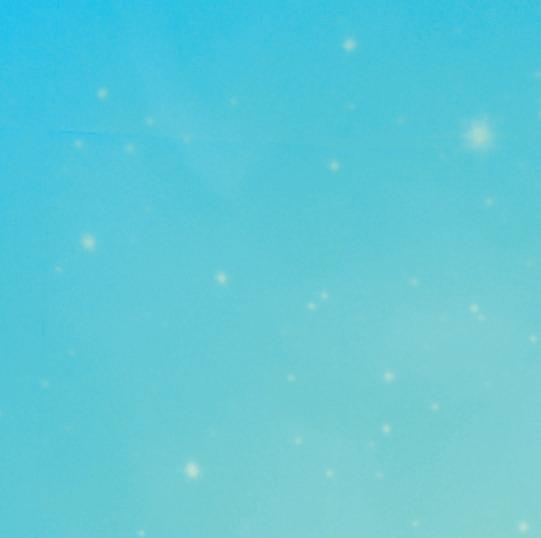
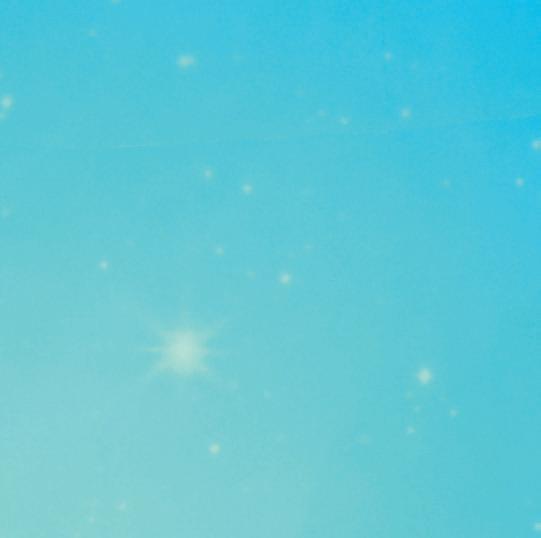





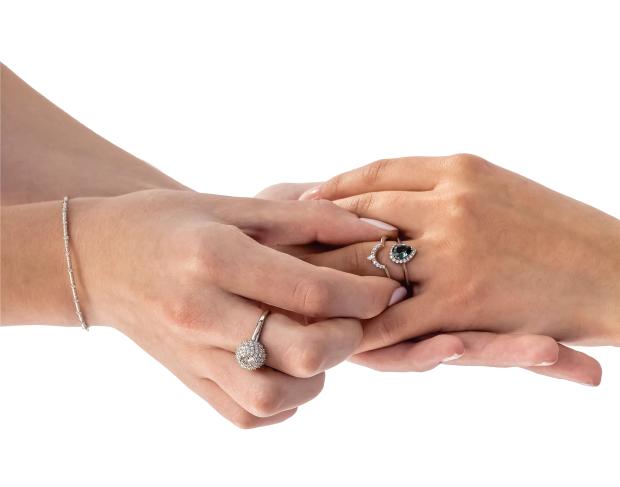





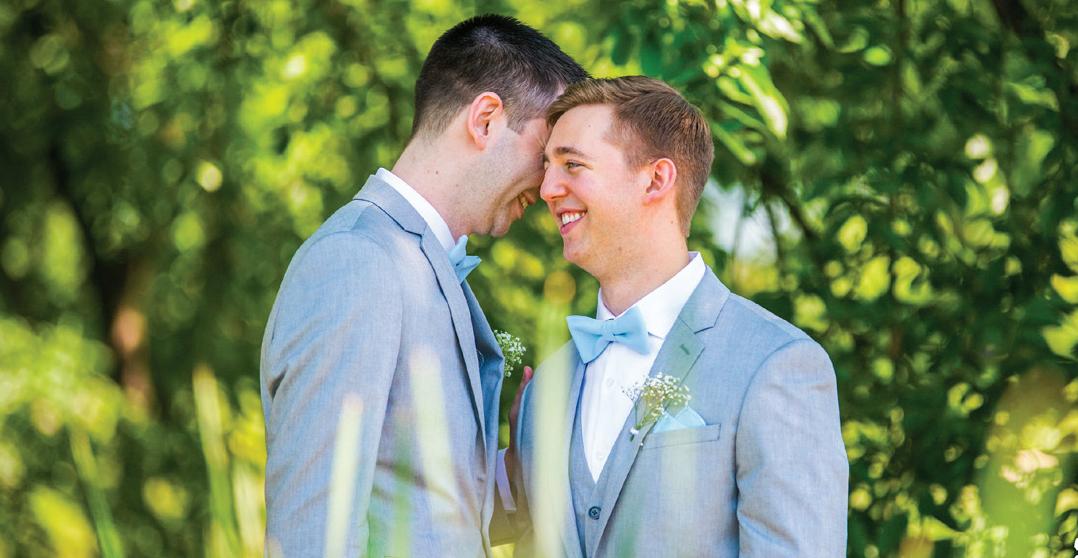
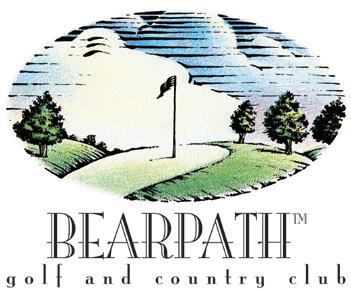
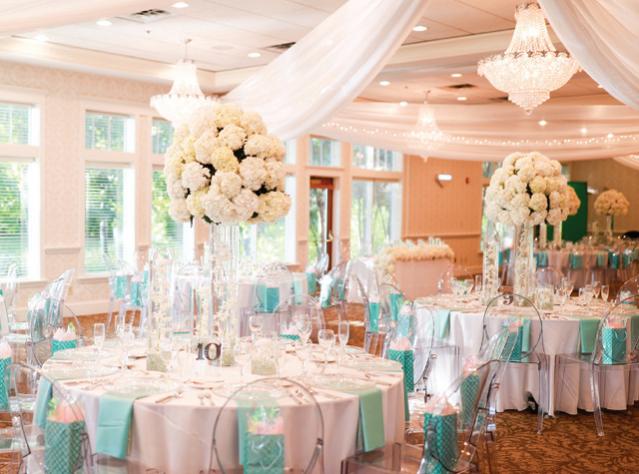
From ‘I do’ to ‘I don’t’: Resources for LGBTQ+ Couples Going Through Divorce

Forever is a long time. Finding one’s life partner can be a complicated journey for many, full of trials and tribulations that may take years to sort out. But successfully navigating those challenges is also what makes finding “the one” all the more special.
Every relationship comes with a unique set of challenges and strengths. While marriage is a common goal for many committed couples, it isn’t necessarily what works for every dynamic.
A decision that’s equally as important as the day a couple chooses to say “I do” is the day they decide to separate. In 2024, the divorce rate in the U.S. was between 40% and 50% for first marriages, according to modernfamilylaw.com.
Part-Wise is a divorce education platform founded by Kimberly Miller. The subscriptionbased platform offers 72 learning modules, ex-
Photo by Katie Howie
plains 300-plus terms and concepts, answers 250plus common questions, provides eight guiding quizzes and more to help couples better understand the divorce process in their state.
The platform offers a variety of payment plans to choose from, so users can work at the pace that’s right for them.
Miller, who’s also a divorce attorney, first became inspired to create the platform after having two clients navigating divorces come to her with similar misinformation about divorce laws in the state. She realized more could be done to help all couples better understand the divorce process, without taking time away from their normal routines.
“What I really wanted to create was something that was not trying to sell services,” Miller says. “I am trying to build a platform that has a consistent voice and feels reputable and is providing accurate, helpful, educational material.”
The platform is purely an educational tool for couples to better understand the legal process of divorce and doesn’t try to sell legal services to users. It’s unique in the sense that individuals can work through the programs at their own pace, whether it be at 2 a.m. or in the middle of the day when their kids are at school.
Miller explains that the legal process of divorce doesn’t differ for LGBTQ+ couples and heterosexual couples in the state of Minnesota. She shares that about 15-20% of her clients over the past 10 years have been LGBTQ+ couples, and she emphasizes the similarities in the emotional transitions across all couples experiencing the divorce process.
One legal difference she points out is the marriage recognition timeframe. Same-sex marriage was only legalized in 2015 across all 50 U.S. states, with some LGBTQ+ couples being unofficially married years before the legalization took place.
“A lot of the law does not account for time prior to marriage. If you joined finances prior to marriage, the law sort of doesn’t care,” Miller says. “So now you have same-sex couples who were not allowed to marry, and that is just a different dynamic to be under and something that I feel is not properly addressed yet.”
This makes it legally challenging for LGBTQ+ couples navigating divorce who have been living as a married couple since before 2015, but were not recognized as such by U.S. law.
Before the legalization of same-sex marriage in 2015, California adopted certain partnership laws for LGBTQ+ couples that other states, including Minnesota, didn’t adopt at the time. For couples who were recognized under different state laws or arrangements, this adds another layer of complexity as they follow through with divorce in Minnesota or other states that didn’t recognize them as legally together before 2015.
There are several resources in Minnesota for LGBTQ+ couples looking for support as they navigate divorce.
Some options include consulting directly with divorce professionals such as lawyers, coaches and parenting specialists who specialize in samesex couples. Community support has evolved drastically over the past few decades. LGBTQ+ divorce support groups and other online platforms are available to help.
OutFront Minnesota is an LGBTQ+ support resource that also offers other advocacy initiatives, as does the Queer Divorce Club, according to Miller. The Queer Divorce Club also uploads podcasts and has support groups.
“It takes time. [Divorce] is an emotional journey and it’s a process, but people can get there and they do all the time,” Miller says. “And lots of people can get to a better spot at the end of the day.”
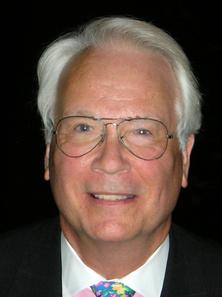
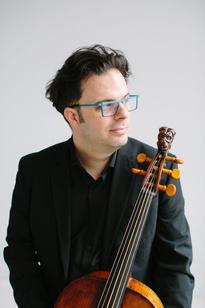

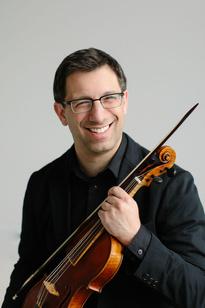



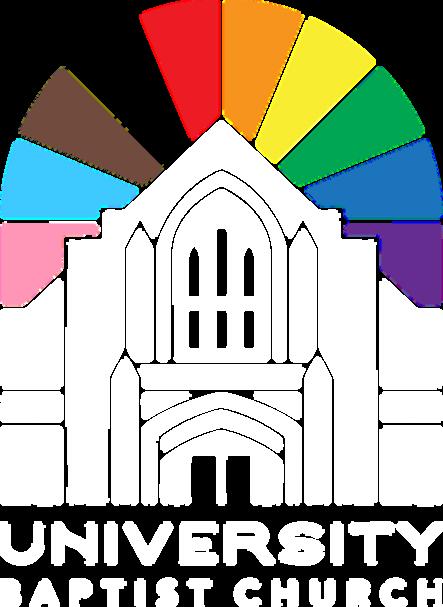
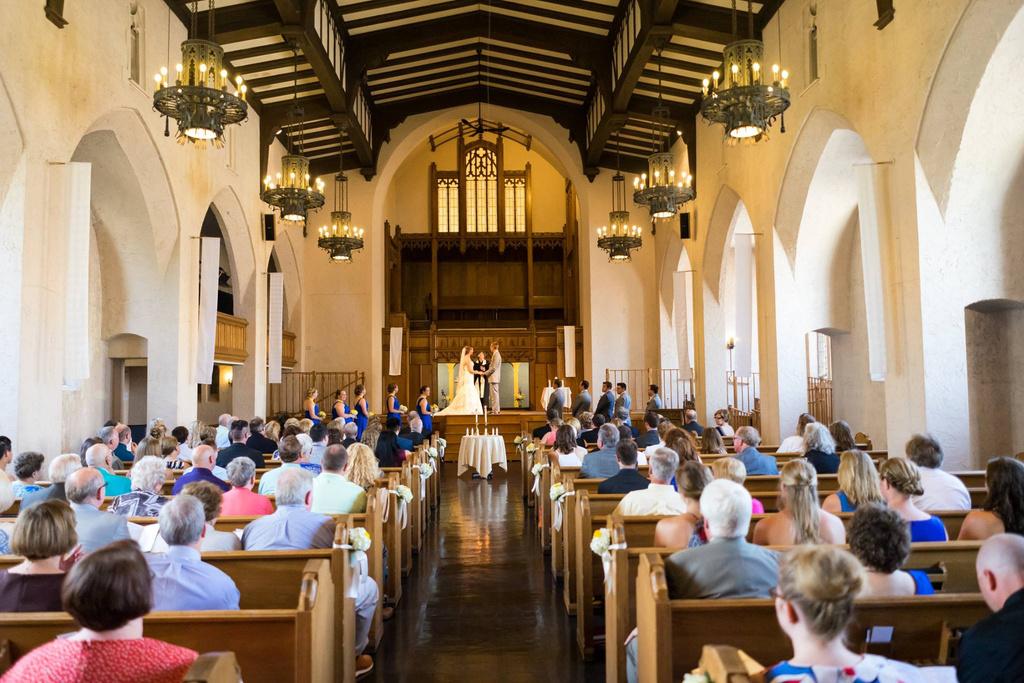

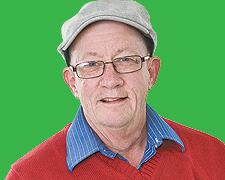
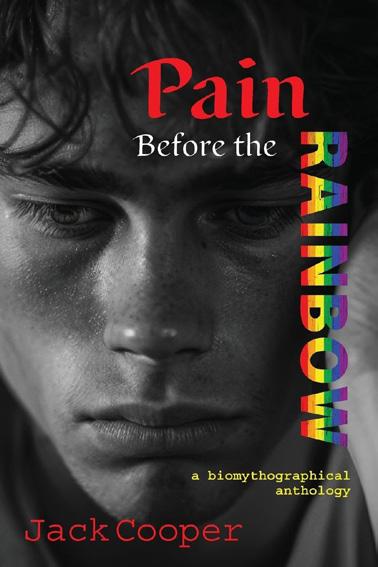
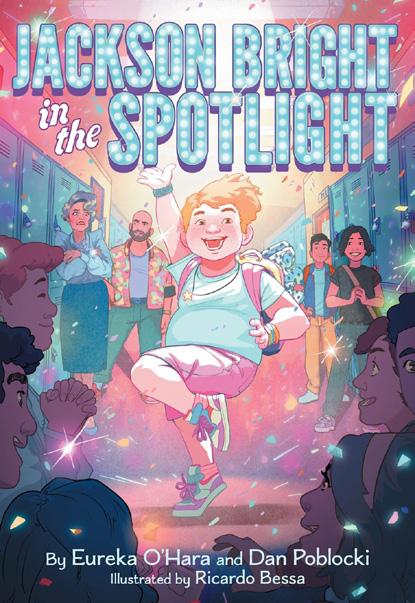
Jack Cooper
“Biomythography,” the author’s descriptor for his “Pain Before the Rainbow,”was first coined by Audre Lorde in her 1982 “Zami: A New Spelling of My Name,” used to describe a text composed of mixed genres, allowing the author to meld fact and fiction, reaching beyond a single individual, even to the point of interweaving mythological (hence universal) sources. These tactics intensify the author’s narrative, while making the whole more accessible to readers of varied backgrounds, time frames and experience. The anchor of “Pain” is the novella, “Anthony’s Sin,” that focuses on the love and affection between two young near-adults, one of whom cannot break through the barriers of their era’s religious strictures and family expectations. The shorter sections highlight other human-generated pain, completing a moving anthology.
Eureka O’Hara and Dan Poblocki
Last day of school! Students dress as they wish! Jackson Bright dons a fancy polka-dot shirt and pants, but a soda spill ruins the ensemble. He borrows some polka dots from friend Eva’s sister’s closet, arriving at school in a flouncy, polka-dotted … dress. Sitting well with neither scholars nor faculty (“Dress like a boy!”), he’s sent home, setting up the plot. With bestie Eva (non-binary), they plot his entrance in the town’s Little Miss pageant — in drag — highlighting his fabulosity and to support other non-binaries. Avoiding Jackson’s ailing dad and overworked mom, they collude with visiting uncle Aaron, himself a keeper of secrets and talents. “Spotlight” covers many of today’s gender issues in a non-didactic, humorous — yet deep — fashion to a climax both satisfying and realistic.
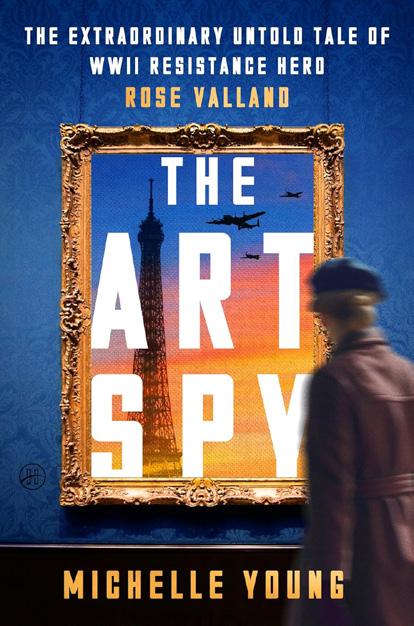

“The Art
Michelle
Young
A lively biography of “Art Spy” Rose Valland, whose bravery, attention to detail and (unsuspected) German fluency were vital to the rescue and restoration of France’s artistic patrimony. An unpaid secretary at Paris’s Jeu de Paume museum, she was ordered to remain after the Germans invaded Paris. Fiercely protective, Valland detailed all art shuttled through the museum as Nazis shipped trainloads of spoils into Germany. Unobtrusive, the “token French caretaker,” Valland noted everything: art, phone calls, gossip, passing it to the resistance. Young gives the reader a vivid account of the mental and physical trials Valland suffered, and her protection of lifelong partner, Joyce Heer — a relationship not countenanced by either her countrymen or the enemy. Read also Valland’s own recently translated 1961 “The Art Front.”
Louise Penny
Chief Inspector Armand Gamache, home recuperating from injuries incurred aborting a domestic terrorist attack (“The Grey Wolf”), realizes a fatal oversight, that there’s more — worse — yet to come. Sequestering with trusted agents Beauvoir and Lacoste, he describes the recent attack as a run-up. But to what? A mistake to ignore the murdered Grey Wolf’s repeated scribbling, “In a dry and parched land, where there is no water.” Far from local, even domestic, the perpetrators’ tentacles already infiltrate into the law, halls of government, industry — even into Canada’s burgeoning organized crime groups. Danger, to what end? The deceased’s notebooks and a map are all they have, and time is running out. As always, Louise Penny’s proof that the “I couldn’t put it down” encomium isn’t hype.
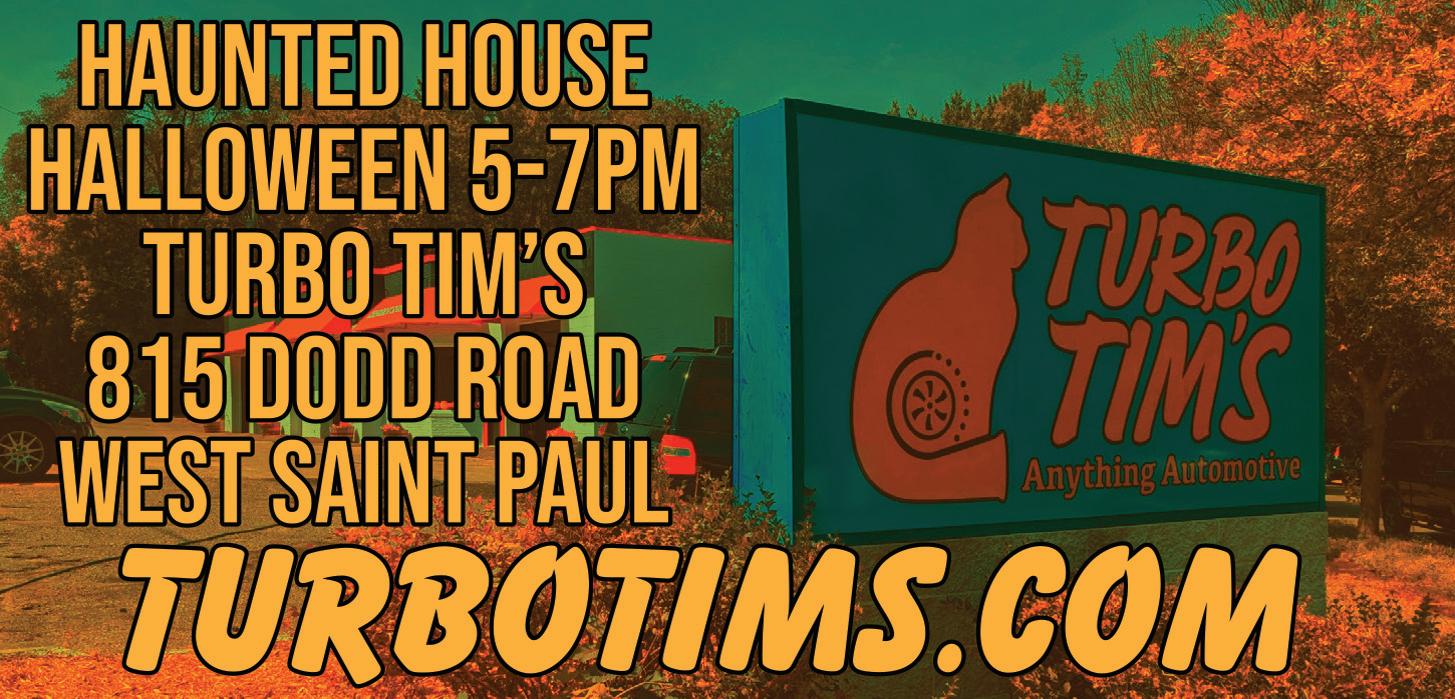
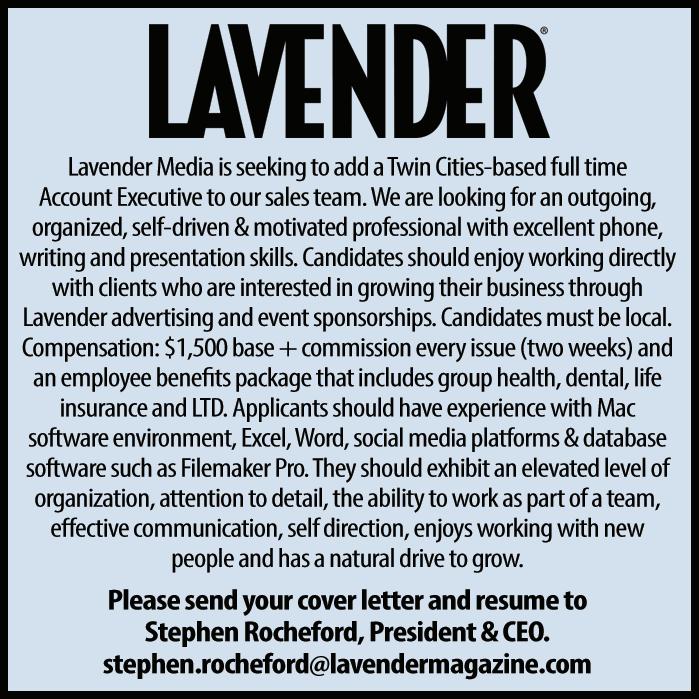

BY RANDY STERN


We get it. The electric vehicle market is slowing down.There is a general fatigue among consumers that these battery-driven automobiles are not meeting the needs of everyone.
That’s one perception.
One of the truths that supports the EV market is that it attracts first adopters of technology. Among those are LGBTQ+ consumers. Our presence in computer- and internet-related industries enabled us to own (or lease) EVs. We love the fact that the level of technology and thought that goes into these vehicles makes them attractive to consider as our own rides.
Today, the EV marketplace has more choices to sift through. Some are from “startup” automakers, while others are offered by legacy manufacturers.
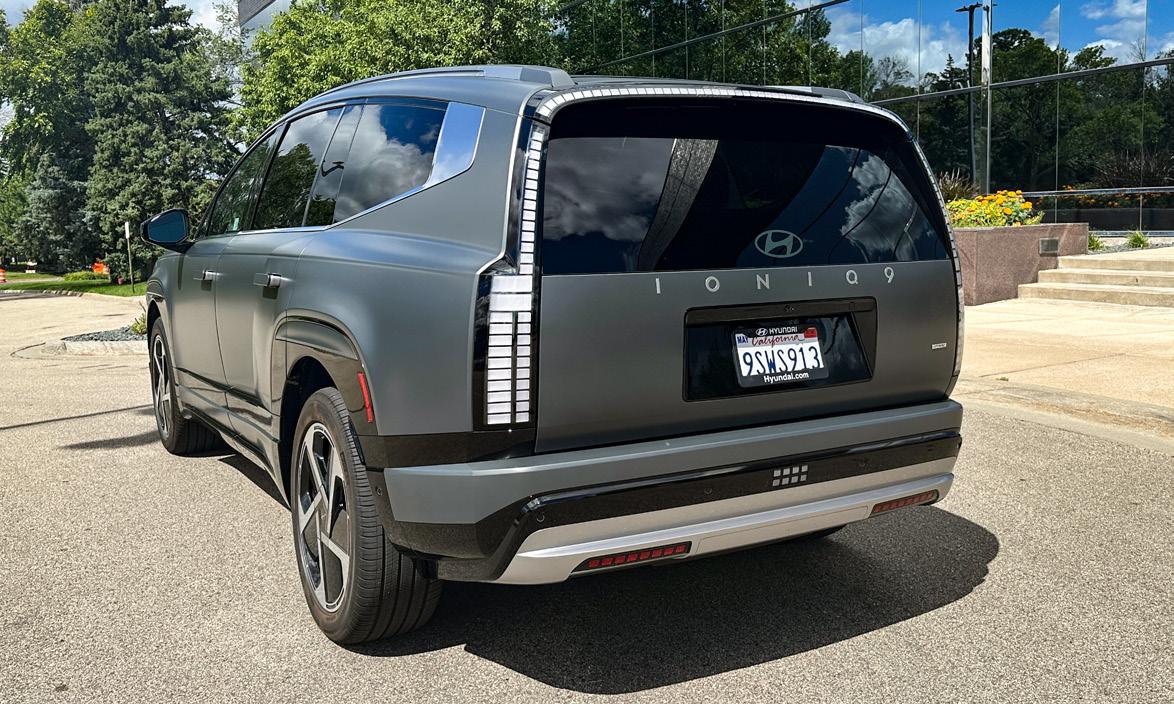
Why bring this up again? Perhaps to remind us that there are vehicles still worth considering.
For example, the new 2026 Hyundai IONIQ 9.
Normally, we might not consider a three-row SUV. However, I have noticed that some of us own one. Maybe because you like the size and the space you get when you fold down the third row?
Sometimes, we forget about what we need and go for what we want. The 2026 IONIQ 9 certainly could fit that bill.
Built on the corporate Electric Global Modular Platform (E-GMP), the IONIQ 9 stretches the chassis’ length and adds a larger battery pack for greater range. At the new Hyundai assembly facility near Savannah, Ga., they place a very contemporary body on top of it.
The result is a modern SUV fed by electrons. This is dictated by the LED pixel lighting signatures up front and at the rear. You will find these pixels on the light bar across the front clip and down the edges in the headlamp units.


The front clip itself is blunt and devoid of a grille. Shutters are deployable down below for airflow into the motors and battery pack. The glasshouse is quite large, as framed by a slightly sloping roofline. The large rear doors open wide for greater access to the third row. The rear end of mainly flat and somewhat blunt.
Our test vehicle is the Limited model, which features a set of 21-inch five-spoke alloy wheels. It came in a gray matte paint finish.
The cabin design follows the current Hyundai design language. You immediately notice the curved flat panel on the dashboard, housing two 12.3inch screens. The left one is the digital instrument cluster that is informative and clean to look at. The right one houses the infotainment touchscreen and all relevant information and vehicle engagement.
The controls and switches are familiar to anyone owning the latest Hyundai vehicles. That includes the stalk-mounted twist shifter and startstop button. You will like the plethora of stowage throughout the cabin, including in the sliding center console.
Bose offers a Premium Audio system on the Limited trim. Smartphone connectivity is done wirelessly, as is device charging.

The seats are upholstered in H-Tex faux leather. They are big and offer plenty of comfort and support. Our Limited test vehicle had captain’s chairs for the second row. These large and decently comfortable seats can be adjusted in various ways. On top of the seatbacks is a single button that tilts and slides out of the way for third-row access. Third row space is not bad, perhaps best for children.
Cargo space is expansive. It starts with 21.9 cubic feet behind the third row. A set of buttons on the right side of the cargo hold power-folds the second and third row seats for longer items or more stuff. Ultimately, you have up to 86.9 cubic feet of space for everything — including larger pets and wedding gifts.
When you open up the hood, you will notice a small storage space. That is where you will find the 110-volt charging cord and adapters to convert J1772 CCS plugs to the native NACS port. Translation: Hyundai has gone to Tesla for native recharging technology.
Battery capacity is increased to 110.3-kilowatt-hours compared to other E-GMP vehicles. That translates into longer ranges, plus more robust energy delivery and recovery. While Hyundai states an estimated 311-mile range for this model, we actually got up to 388 miles at 100% state of charge in our care.
This battery pack feeds our test vehicle’s two electric motors — one mounted at each axle. All told, we’re talking 422 horsepower and 516 pound-feet of torque. The latter comes on instantly, giving this nearly 6,000-pound electric SUV strong acceleration. It likes to cruise, especially when the Highway Driving Assist kicks in. You can also enable one-pedal driving and adjust the regenerative braking for more energy recovery.

The best way to describe the driving experience of the 2026 IONIQ 9 was “solid.” The suspension was engineered to keep things on an even keel, mixed with some softness in ride quality. You do feel the bumps and expansion joints on the road, but it dampens so well that it does not disturb the cabin. It also helped to have a heavy battery pack to keep things closer to the surface.
Do not expect the 2026 IONIQ 9 to handle or corner flat. You can expect competent control and solid maneuverability overall. Yet, the steering system lacks some feel and feedback. It turned just fine, but we wished for a tighter turning radius to get out of narrow spaces. There is a level of manageability when it comes to ruddering this electric SUV.
You can certainly count on the brakes to stop this big electric SUV. Pedal feel was good, as was the response to the wheels. When the 2026 IONIQ 9 is in one-pedal drive mode, you can intervene by braking to a full stop without penalty. It also turned in good stops in normal and panic situations.
There is a choice of six trim levels on the 2026 Hyundai IONIQ 9, with prices starting from $58,995. Our Limited trim level test vehicle came with a sticker price of $74,300.
We accept the fact that battery-fed, fully electric vehicles exist in a space alongside their internal combustion siblings. With changes in credits and incentives, you can still look at vehicles, such as the 2026 IONIQ 9, as viable choices for a larger SUV. Honestly, it’s worth a look. Or, a ride to your special day.

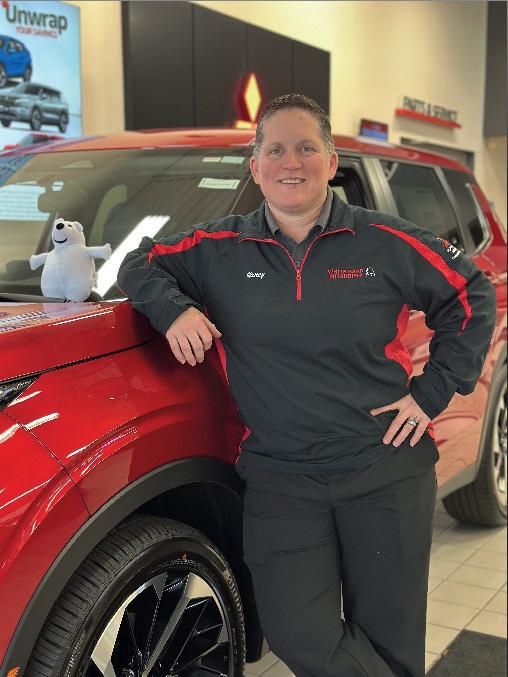

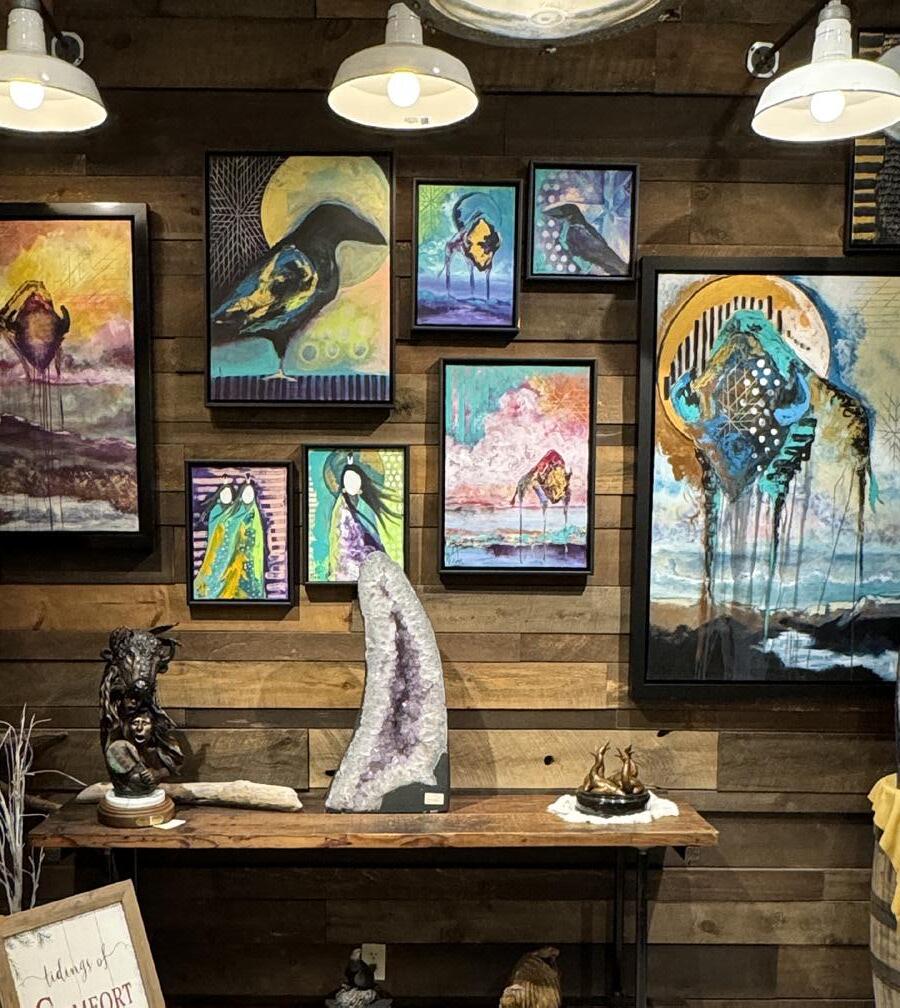
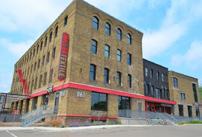

Community Connection brings visibility to local LGBTQ-friendly non-profit organizations. To reserve your listing in Community Connection, email advertising@lavendermagazine. com.
ANIMAL RESCUE
Second Chance Animal Rescue
Dedicated to rescuing, fostering, caring for, and adopting out dogs and cats into forever homes.
P.O. Box 10533 White Bear Lake, MN 55110 (651) 771-5662 www.secondchancerescue.org
BUSINESS ASSOCIATIONS
Quorum
Minnesota's LGBTQ+ and Allied Chamber of Commerce working to build, connect, and strengthen for a diverse business community. 2446 University Ave. W., Ste 112 St. Paul, MN 55114 (612) 460-8153 www.twincitiesquorum.com
The Nature Conservancy
TNC is an environmental nonprofit working to create a world where people and nature thrive. 1101 W. River Pkwy., Ste. 200 Minneapolis, MN 55415-1291 (612) 331-0700 minnesota@tnc.org www.nature.org/minnesota
EVENT VENUES
Landmark Center
A classic venue, with a grand cortile and beautiful courtrooms, accommodates celebrations of all sizes.
75 W. 5th St. St. Paul, MN 55102 (651) 292-3228 www.landmarkcenter.org
GRANTMAKERS/FUNDERS
PFund Foundation
PFund is the LGBTQ+ community foundation that provides grants to students and grants to non-profits. PO Box 3640 Minneapolis, MN 55403 (612) 870-1806 www.pfundfoundation.org
HEALTH & WELLNESS
Aliveness Project
Community Center for individuals living with HIV/AIDS – on-site meals, food shelf, and supportive service.
3808 Nicollet Ave. S. Minneapolis, MN 55102 (612) 824-LIFE (5433) www.aliveness.org
MEDIA & COMMUNICATIONS
Radio K
Radio K is the award-winning studentrun radio station of the University of Minnesota.
330 21st. Ave. S. Minneapolis, MN 55455 (612) 625-3500 www.radiok.org
Red Door Clinic
HIV and STI screening, treatment, education, and referrals. Doxy PEP, nPEP, PrEP, and Reproductive Health. 525 Portland Ave., 4th Fl. Minneapolis, MN 55415 (612) 543-5555 reddoor@hennepin.us www.reddoorclinic.org
Bell Museum, University of Minnesota
Discover Minnesota’s rich natural history through engaging exhibits, wildlife dioramas, and an exciting planetarium experience!
2088 Larpenteur Ave. W. St. Paul, MN 55113 (612) 626-9660 bellinfo@umn.edu www.bellmuseum.umn.edu
Minnesota Historical Society
Create your own adventure at MNHS historic sites and museums around Minnesota. www.mnhs.org
Minneapolis Institute of Art Home to masterpieces from around the world and through the ages. Always free. Everyone welcome.
2400 3rd Ave. S. Minneapolis, MN 55404 (612) 870-3000 www.artsmia.org
Science Museum of Minnesota
Mississippi Riverfront Museum featuring dinosaurs, hands-on exhibits, Omnitheater films, and interactive science performances. Café onsite.
120 W. Kellogg Blvd. St. Paul, MN 55102 (651) 221-9444 www.smm.org
ARENA DANCES
ARENA DANCES presents innovative contemporary dance, fostering community, dialogue, and inclusion through performance and education 711 W. Lake St., Studio 308 Minneapolis, MN 55408 (612) 804-0238 www.arenadances.org
Chanhassen Dinner Theatres
The nation's largest professional dinner theater and Minnesota's own entertainment destination. 501 W. 78th St. Chanhassen, MN 55317 (952) 934-1525 www.chanhassendt.com
Children’s Theatre Company
Children’s Theatre Company excites the imagination with world-class family-friendly theatre for kids, teens, and adults.
2400 3rd Ave. S. Minneapolis, MN 55404 (612) 874-0400 www.childrenstheatre.org
Guthrie Theater
Open to the public year-round, the Guthrie produces classic and contemporary plays on three stages. 818 S. 2nd St. Minneapolis, MN 55415 (612) 377-2224 www.guthrietheater.org
Minnesota Opera
World-class opera draws you into a synthesis of beauty; breathtaking music, stunning costumes & extraordinary sets. Performances at the Ordway Music Theater - 345 Washington St. St. Paul, MN 55102 (612) 333-6669
www.mnopera.org
Minnesota Orchestra
Led by Music Director Designate Thomas Søndergård, the Minnesota Orchestra, one of America’s leading symphony orchestras.
1111 Nicollet Mall Minneapolis, MN 55403 (612) 371-5656, (800) 292-4141 www.minnesotaorchestra.org
Ordway Center for the Performing Arts
Leading performing arts center with two stages presenting Broadway musicals, concerts & educational programs that enrich diverse audiences. 345 Washington St. St. Paul, MN 55102 (651) 224-4222 info@ordway.org www.ordway.org
Twin Cities Gay Men’s Chorus
An award-winning chorus building community through music and offers entertainment worth coming out for! 1430 W. 28th St., Ste. B Minneapolis, MN 55408 (612) 339-SONG (7664) chorus@tcgmc.org www.tcgmc.org
RELIGIOUS & SPIRITUAL
All God’s Children Metropolitan Community Church
A welcoming, inclusive, safe place to explore and discover God’s love for ALL God’s children. 3100 Park Ave. Minneapolis, MN 55407 (612) 824-2673 www.agcmcc.org
Hennepin Avenue United Methodist Church
Everyone is welcome at Hennepin Church! Vibrant Worship. Authentic Community. Bold Outreach. 511 Groveland Ave. Minneapolis, MN 55403 (612) 871-5303 www.hennepinchurch.org
Plymouth Congregational Church
Many Hearts, One Song; Many Hands, One Church. Find us on Facebook and Twitter. 1900 Nicollet Ave. Minneapolis, MN 55403 (612) 871-7400 www.plymouth.org
Spirit Garage
A Christian community of creative, quirky, curious folx where All Means ALL. Sundays, 10:30am.
100 W. 46th St. Minneapolis, MN 55419 bigdoor@spiritgarage.org www.spiritgarage.org
St. Anthony Park United Church of Christ
We are an Open & Affirming, Progressive Christian Community. Real Church. Real People. Real Life. 2129 Commonwealth Ave. St. Paul, MN 55108 (651) 646-7173 www.sapucc.org
Westminster Presbyterian Church
An open and affirming congregation, welcoming persons of all sexual orientations, gender expressions and identities. 1200 Marquette Ave. Minneapolis, MN 55403 (612) 332-3421 www.westminstermpls.org
Senior Community Services
75-year-old nonprofit providing nonmedical services to older adults and their caregivers.
10201 Wayzata Blvd., Ste. 335 Minnetonka, MN 55305 (952) 541-1019 www.seniorcommunity.org/lav
Friends & Co
Fostering meaningful connections for older adults for 50+ years. Offering quick drop-in chat line, phone & visiting companionship services.
2550 University Ave. W., Ste. 260-S St. Paul, MN 55114 (612) 721-1400 www.friendsco.org
Lutheran Social Service of Minnesota
Serving all Minnesotans with individualized services that promote full and abundant lives.
lssmn.org | (651) 642-5990 | (800) 582-5260 Foster Care and Adoption | chlss.org | (651) 646.7771
PICS (Partners in Community Supports) | (651) 967-5060
Pooled Trust | (888) 806-6844
Supported Decision-Making | (888) 806-6844
Westopolis
Minnesota’s Sweet Spot! St. Louis Park & Golden Valley offer exceptional dining, attractions, shopping, hotels and event space.
1660 Hwy 100 S., Ste. 501 St. Louis Park, MN 55416 (952) 426-4047 www.westopolis.org




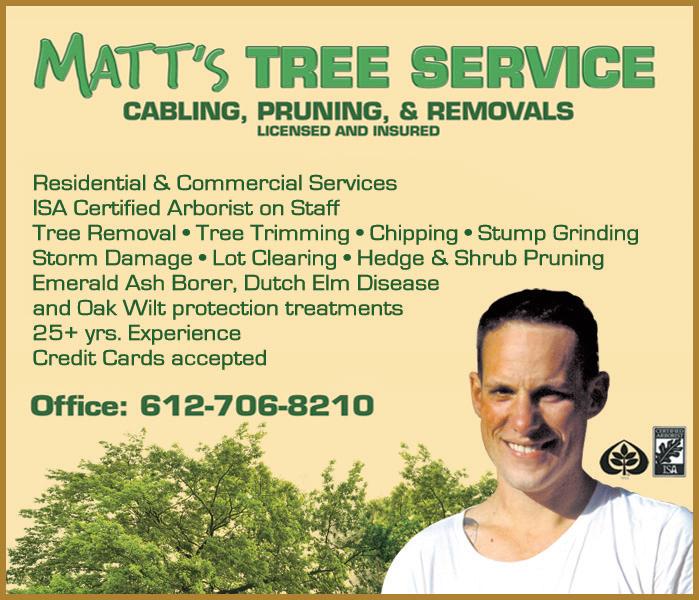







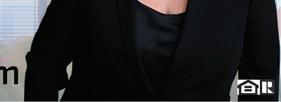





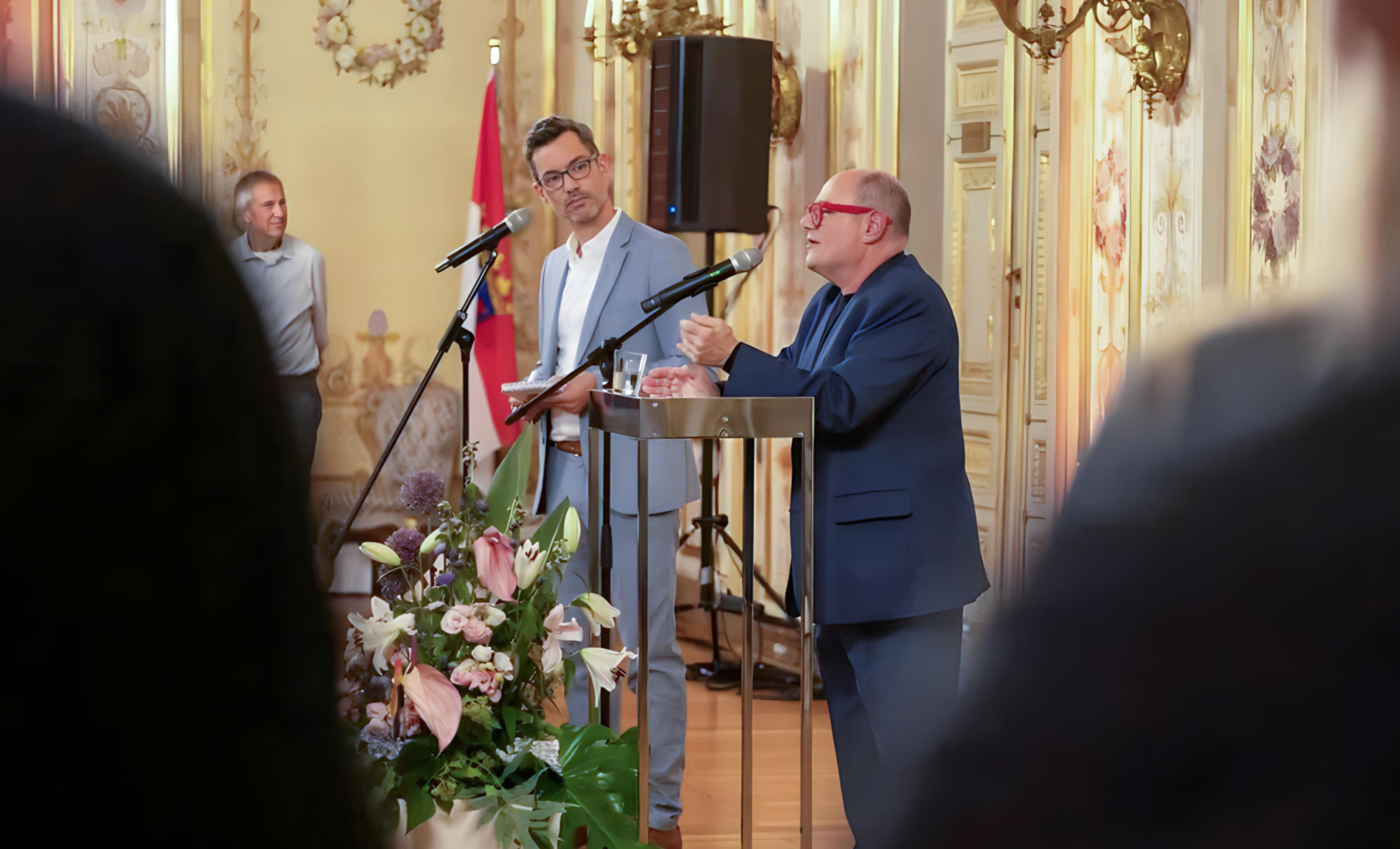
In the last couple of weeks, I’ve been on a speaking tour of Europe. Strangely enough, it all came about through Gov. Josh Shapiro of Pennsylvania and Gov. Maura Healey of Massachusetts — but that’s another story. Thanks to them, I was introduced to the President of the Parliament of the German State of Hesse — the equivalent of one of our governors. Hesse’s major city is Frankfurt, but its capital is Wiesbaden, a historic and charming city filled with palaces and cultural treasures.
President Astrid Wallmann, whom I first met at a reception for Gov. Healey, was struck by my story. Since Hesse was about to hold its official LGBTQ+ Parliament celebration, she invited me to speak. They took care of all the arrangements. My plan was simple: make the speech, then head home. But one invitation led to another, and suddenly I found myself on a full European speaking tour. I’ve given hundreds of talks over the years, but nothing quite like what awaited me in Wiesbaden.
The VIP treatment was extraordinary. They weren’t treating me like a celebrity; they were honoring the history I represent. To them, I stood for Stonewall and Pride. It wasn’t personal — it was their appreciation for our history.
On my first day, President Wallmann and I visited the Queer Center, where she gave remarks and we met with staff. Later, she even joined me for a historic LGBTQ+ walking tour of
the city. That evening, I was treated to a private preview of a new Pride-themed light show projected on the walls of the City Palace — not yet unveiled to the public.
The next day was focused on preparing my speech — and working with a translator. I hadn’t used one since 1991 in St. Petersburg, Russia, and I wasn’t exactly thrilled at the memory. This time, I made sure to prepare carefully.
Before my talk, there was a champagne reception in the Palace’s ornate Music Room. When the time came, I was escorted into that same room, where members of parliament, LGBT leaders, diplomats and — to my delight — several LGBTQ+ asylum seekers had gathered.
As President Wallmann introduced me, it struck me: I — that 18-year-old kid standing outside Stonewall — was now about to speak in a palace. I’ll admit, I was nervous — especially about the translation. But I began:
“President Wallmann, members of Parliament, distinguished guests. Tonight, we are all simply community and visible. We will be out loud and proud.”
The audience roared. The applause didn’t stop. That one simple statement needed no translation.
I shared the story of Stonewall, and how in 56 years, I’ve been fortunate to witness history — from those nights in 1969 to my marriage to Jason. The audience grew emotional, and so did I.
I closed with, “To community and visibility.” The applause was deafening. President Wallmann presented me with several gifts, but the greatest gift came afterwards.
One of her staff had learned of my deep concern for LGBTQ+ asylum seekers and arranged for several to attend. I listened to their stories. Tears came as a 23-year-old Iranian, now calling himself Liem, told me it took two years of perilous travel to reach Europe after being beaten and cast out by his family. I shared with him a memory from a talk in London, when a Middle Eastern prince confided that he rarely returned home, exiling himself for safety.
Liem nodded sadly and said, “Yes. All over the Middle East.”
Soon, staff interrupted to call me back for toasts, hors d’oeuvres and photos. Exhausted from flights, tours and receptions, I asked to slip out quietly. A staffer guided me through the back of the palace. I laughed and said, “I’m actually leaving a palace through the back door?”
He replied, “Feels a bit like Cinderella, doesn’t it?”
Walking back to my hotel, I couldn’t stop thinking about it: I, a boy from South Philly, had just spoken in a palace. I smiled again, remembering the crowd’s reaction to “Out loud and proud.” Some words, I realized, don’t need translation.

